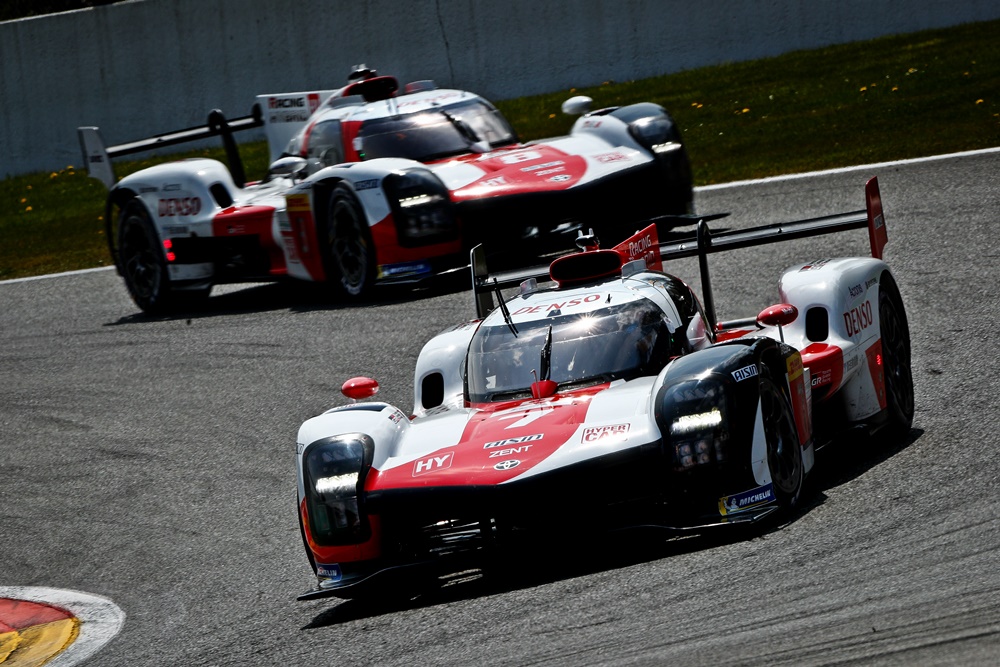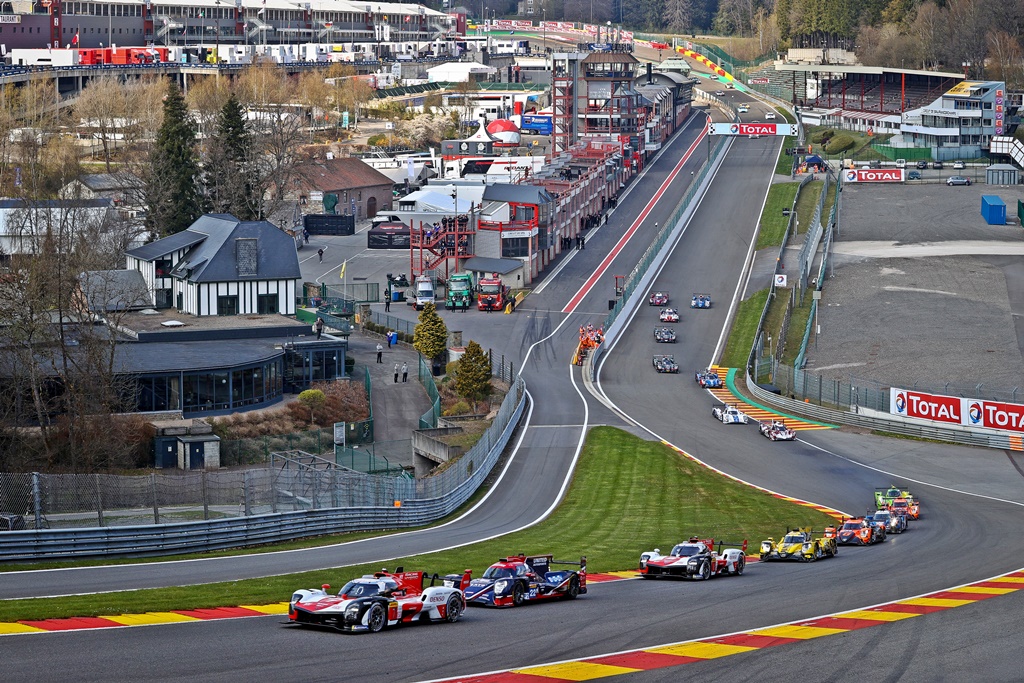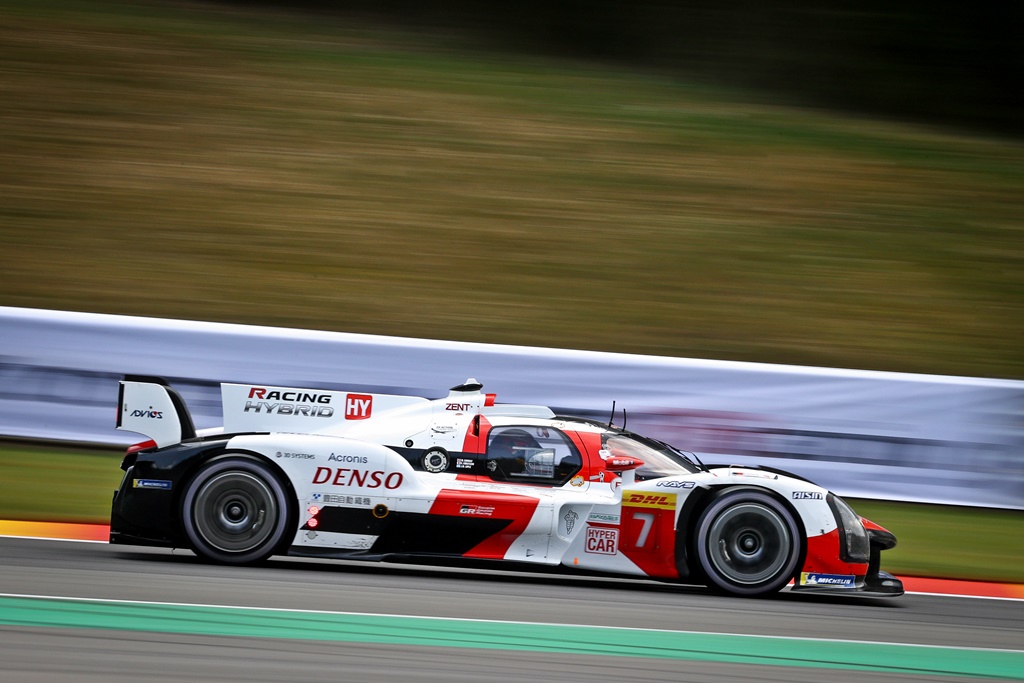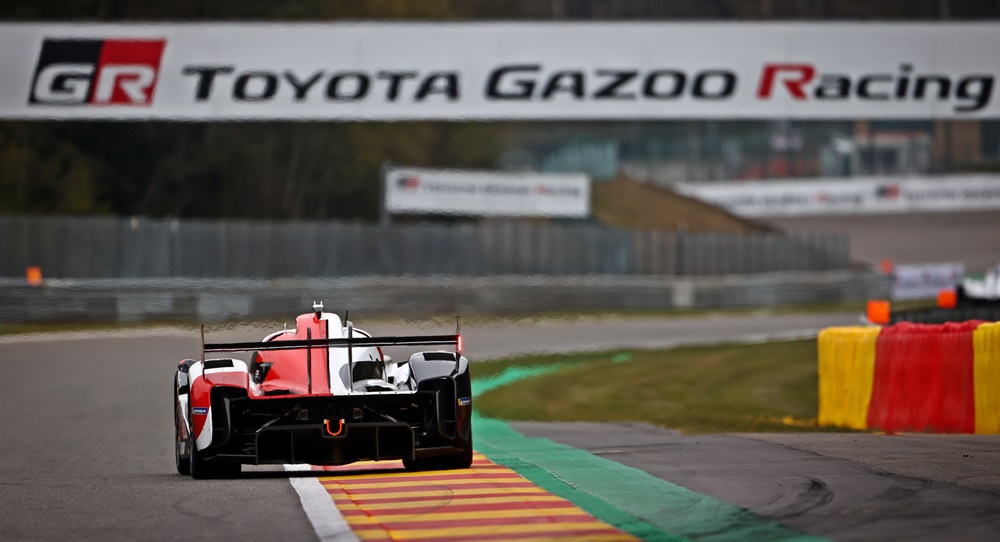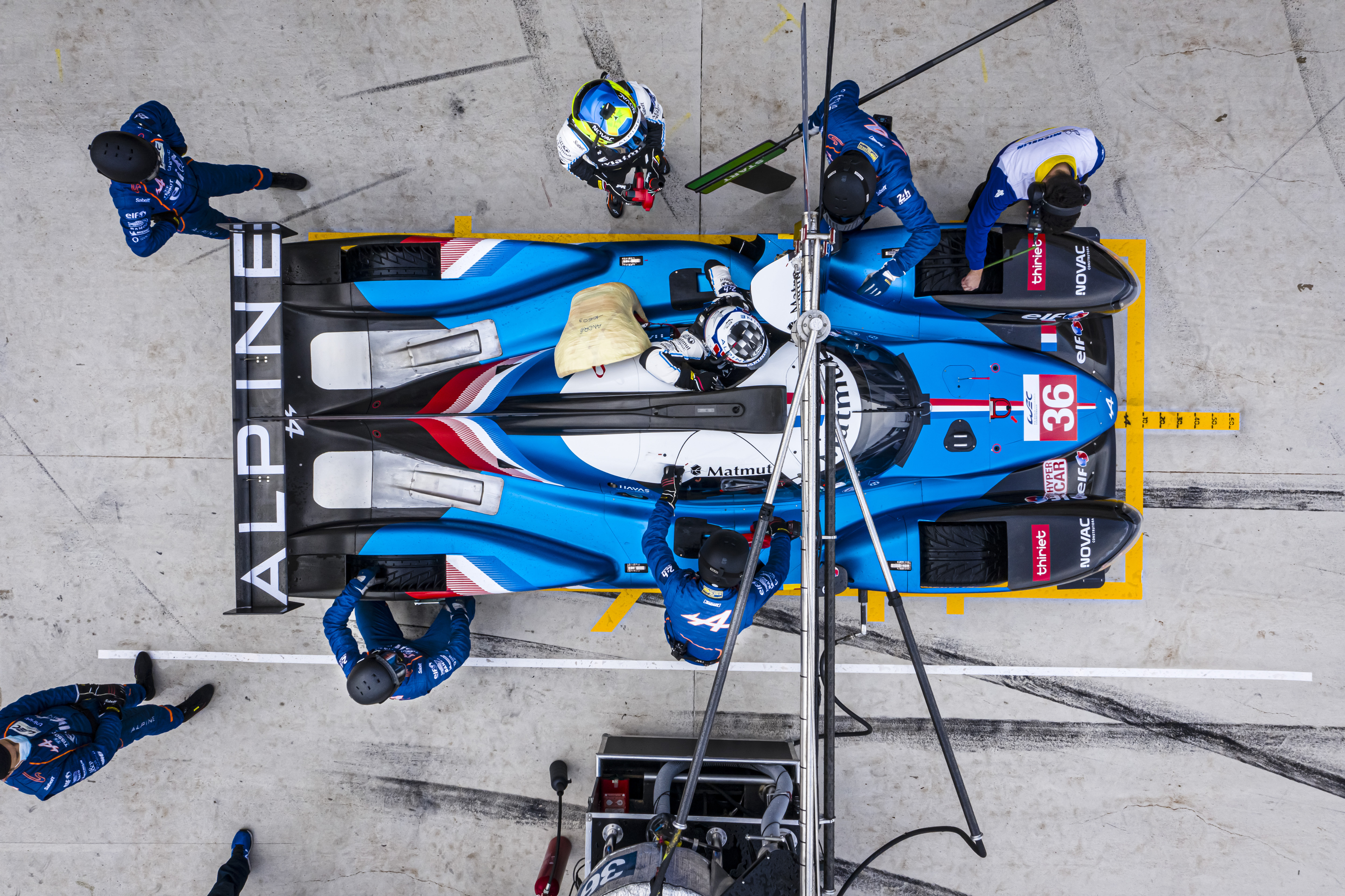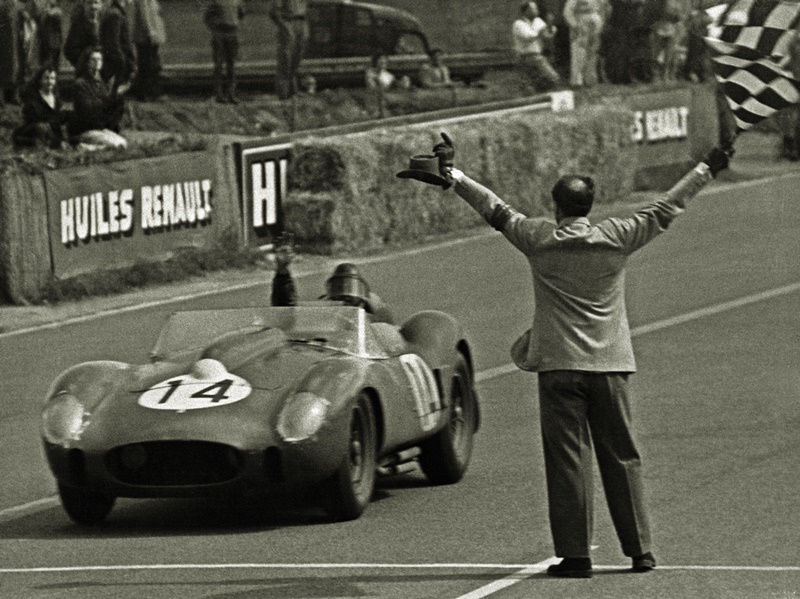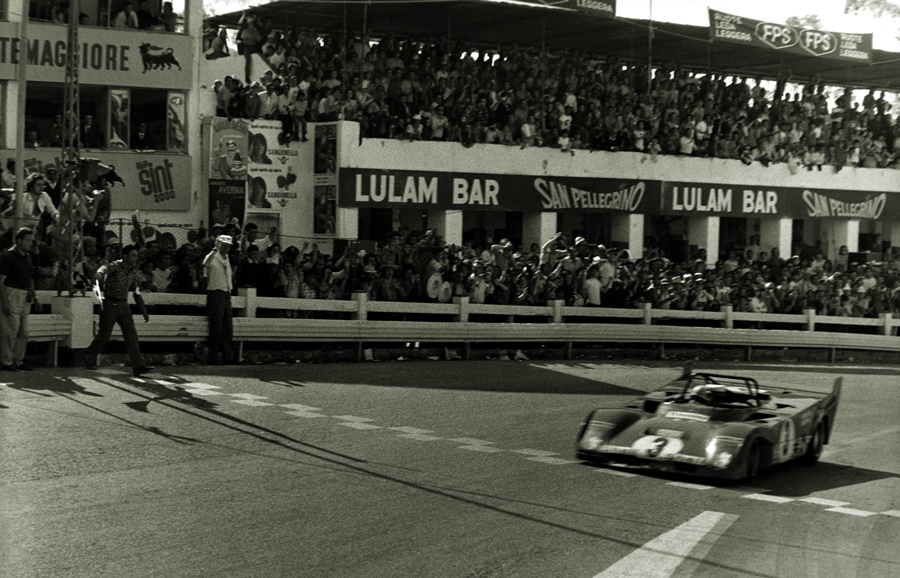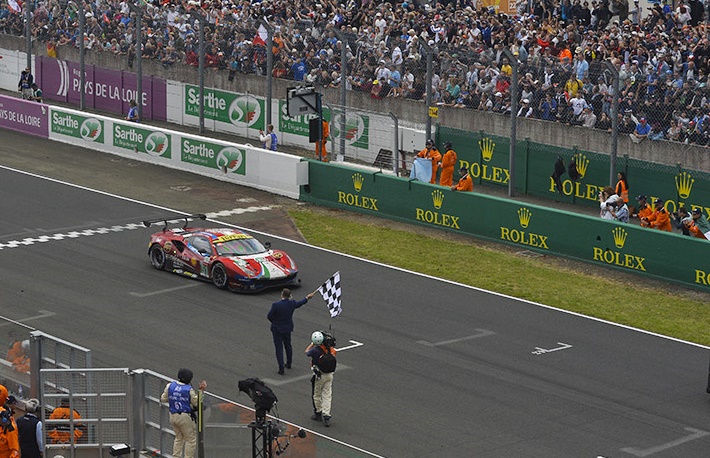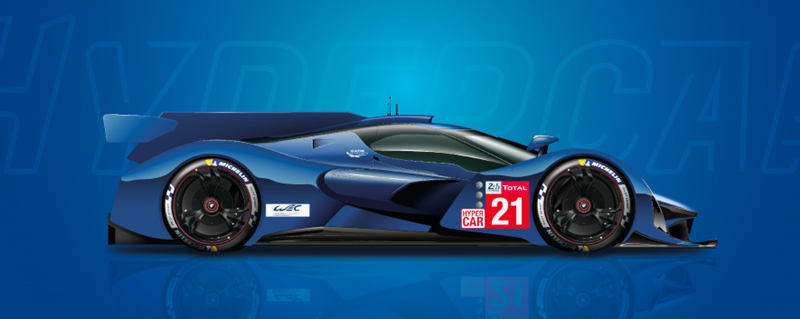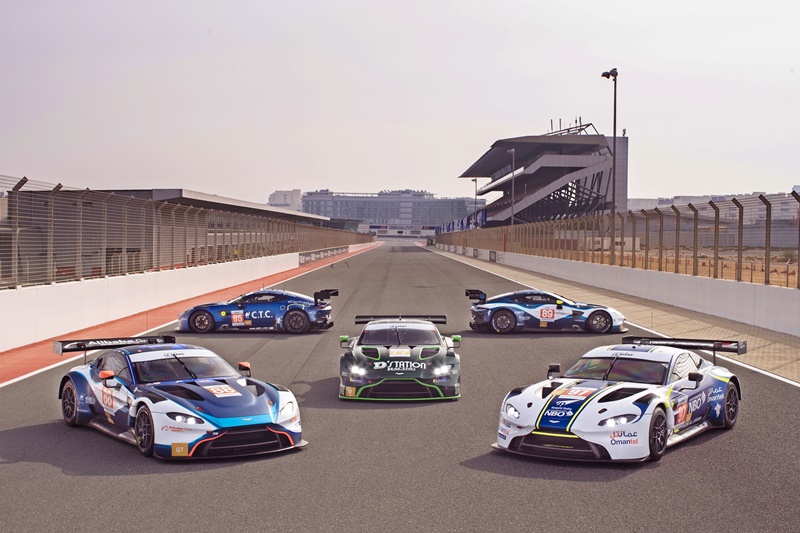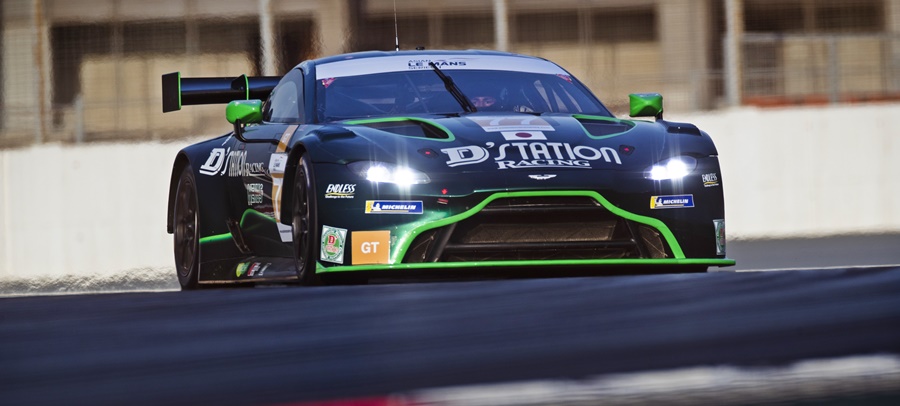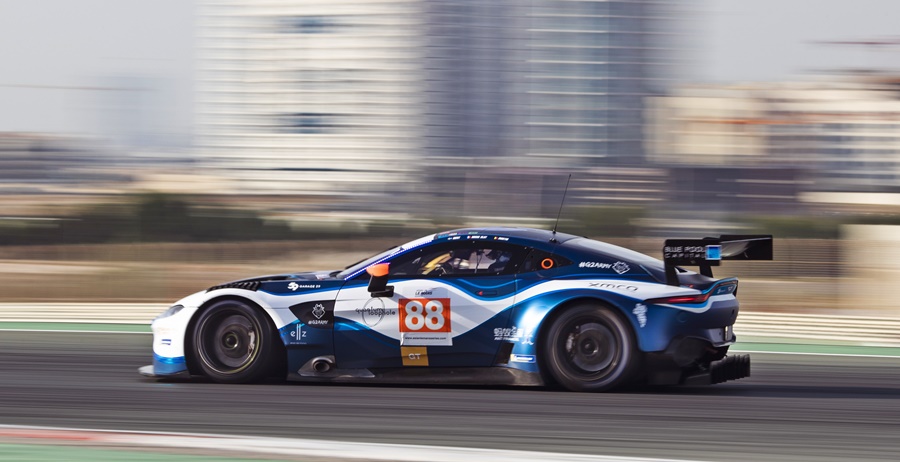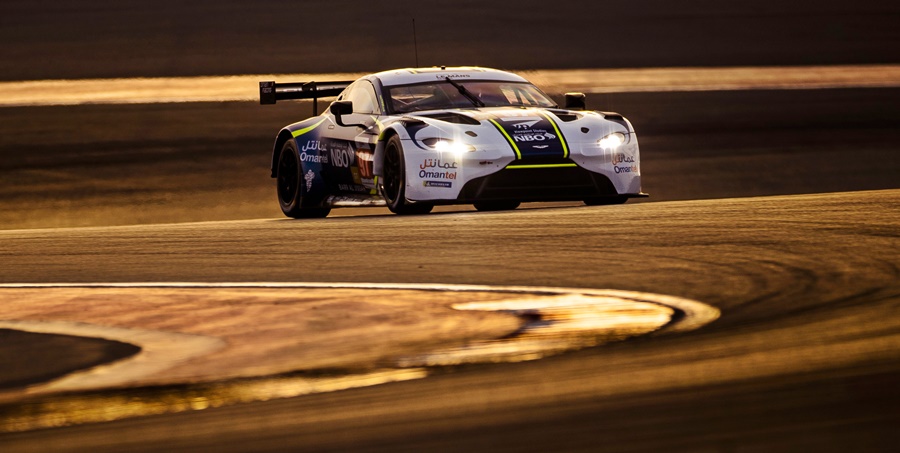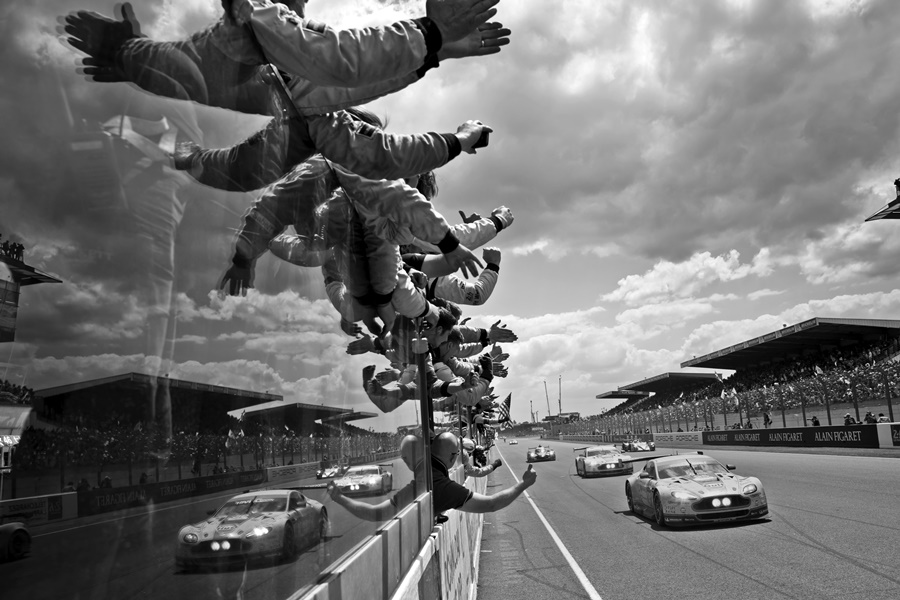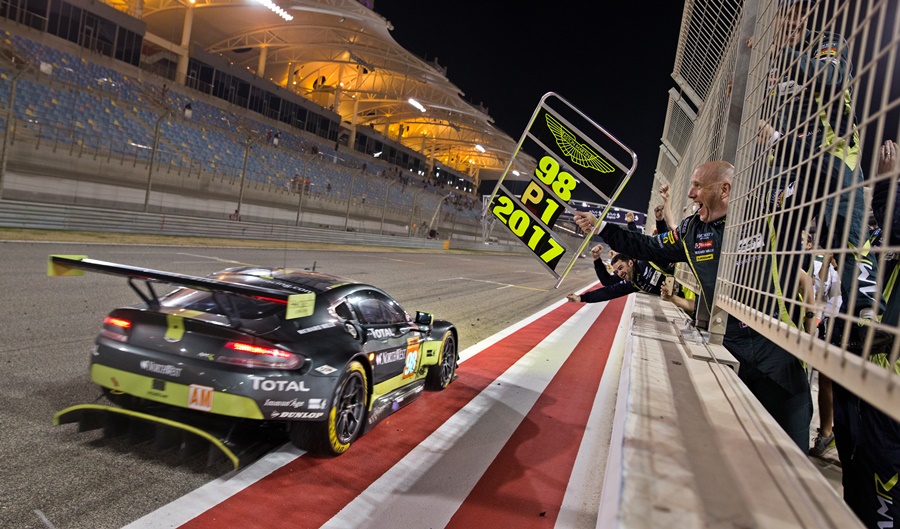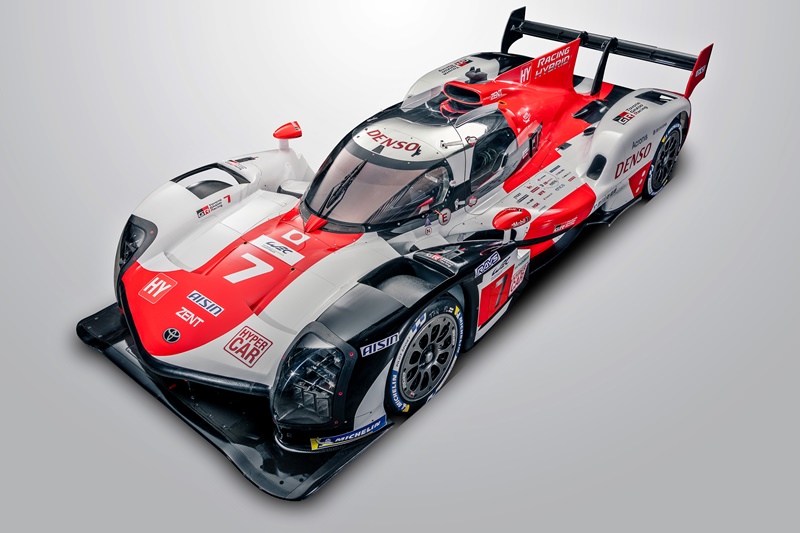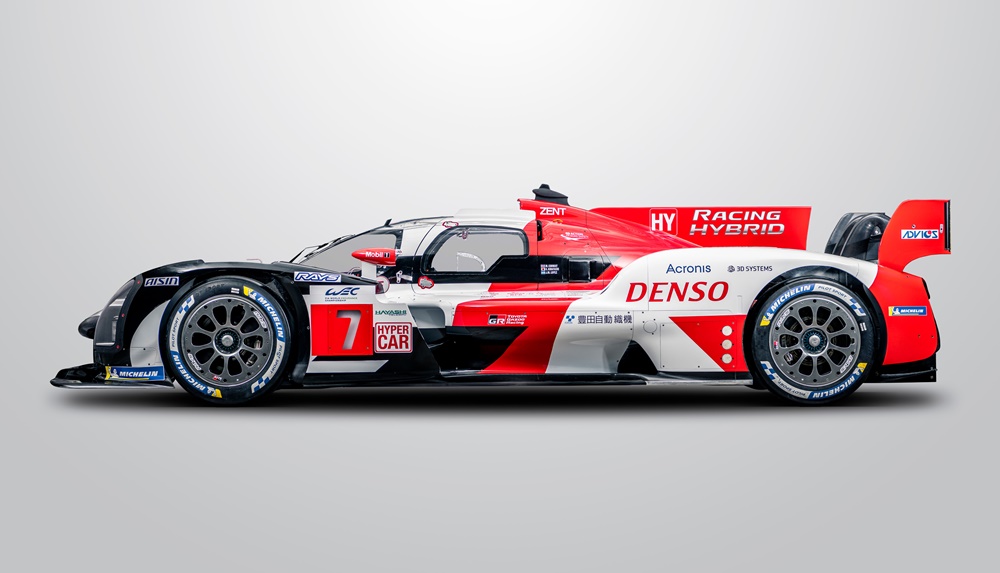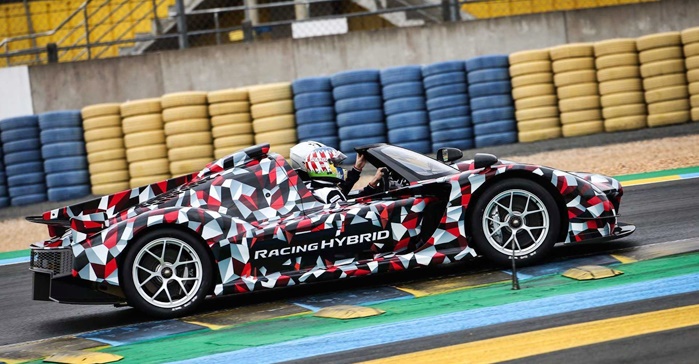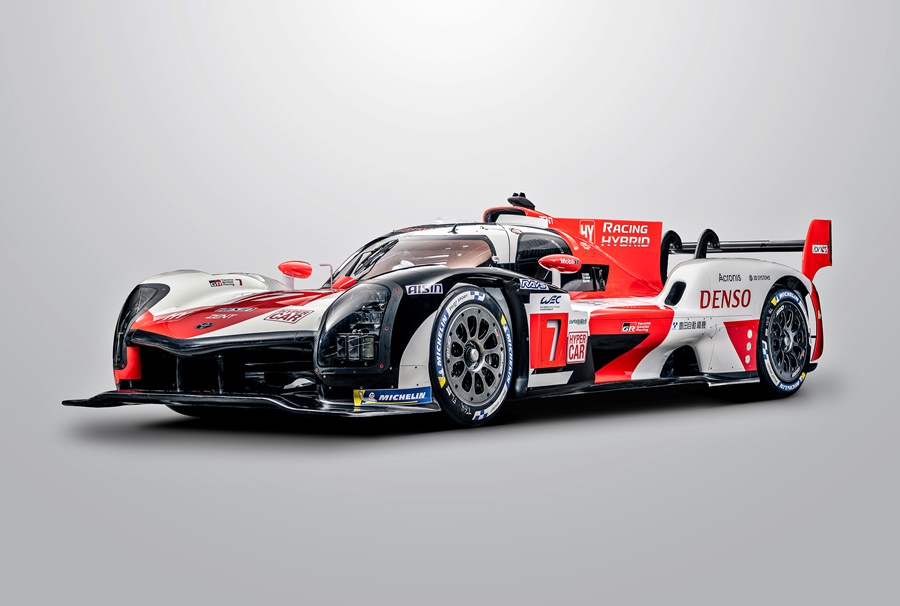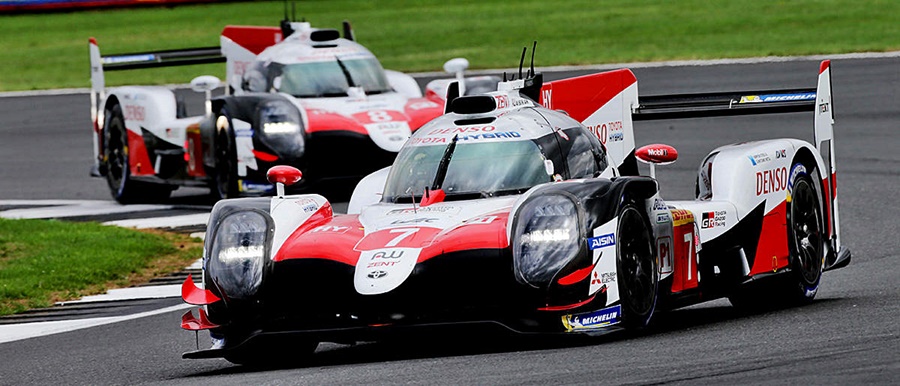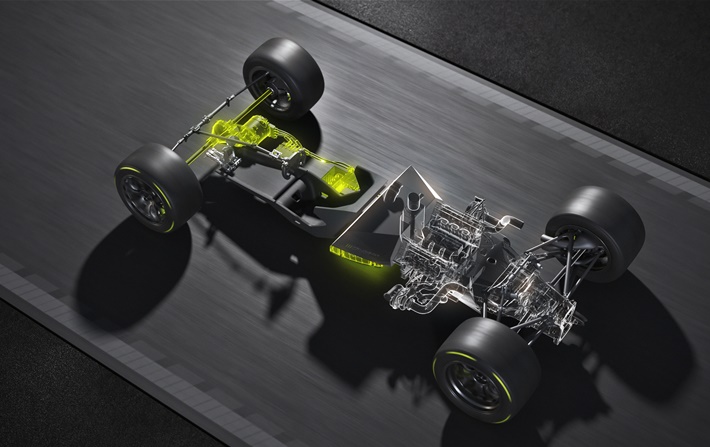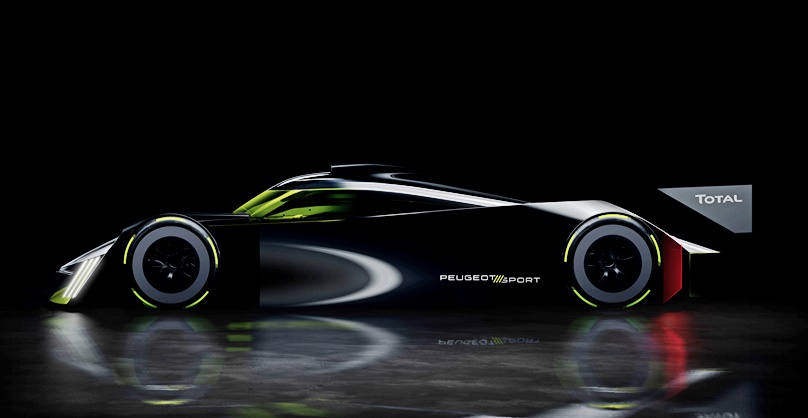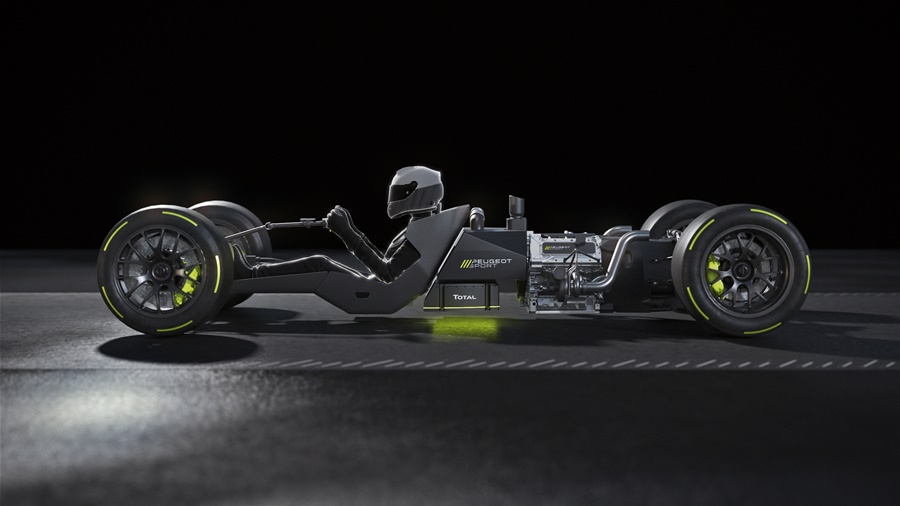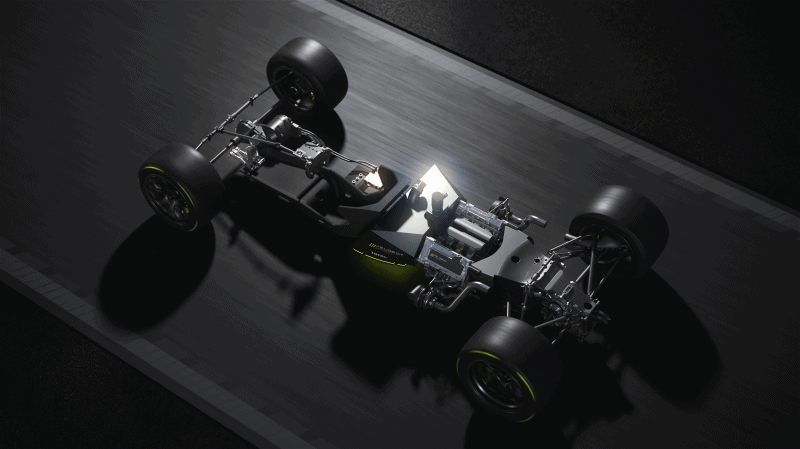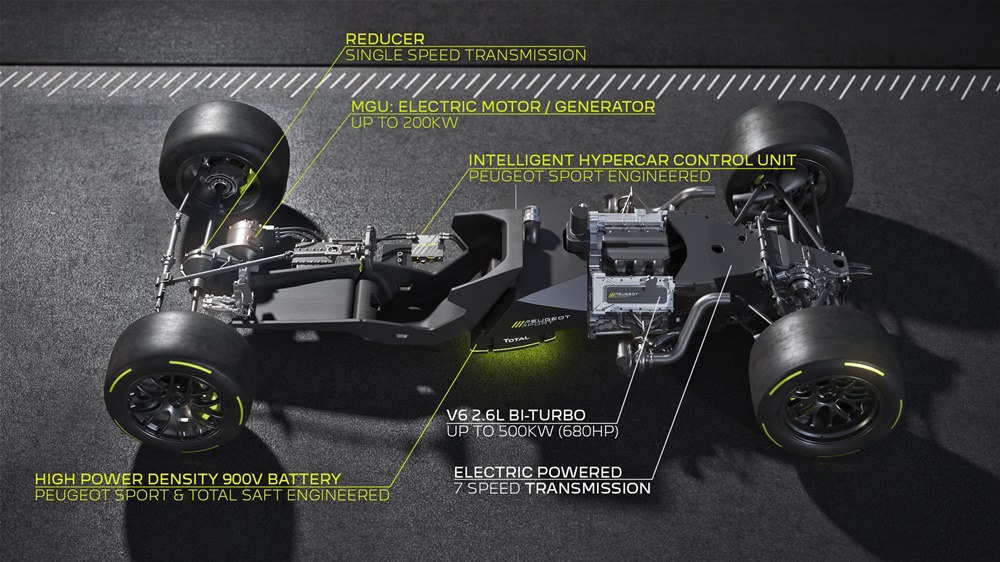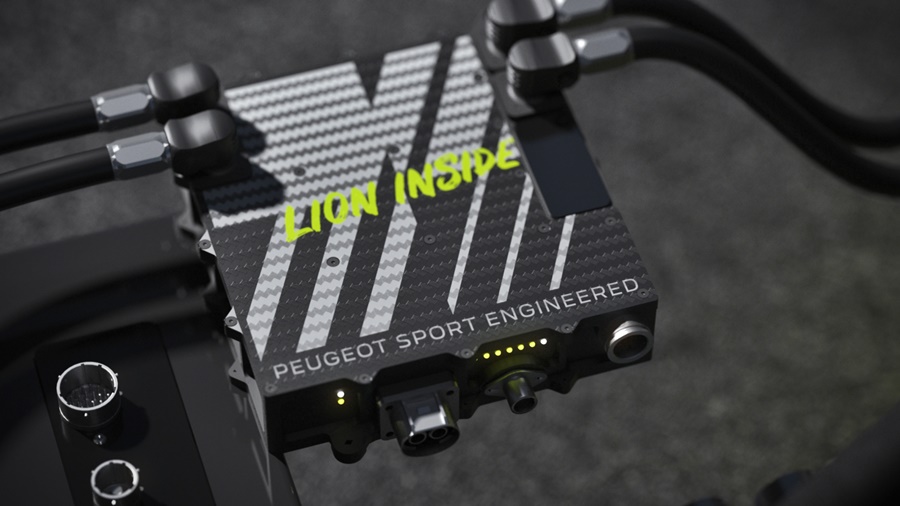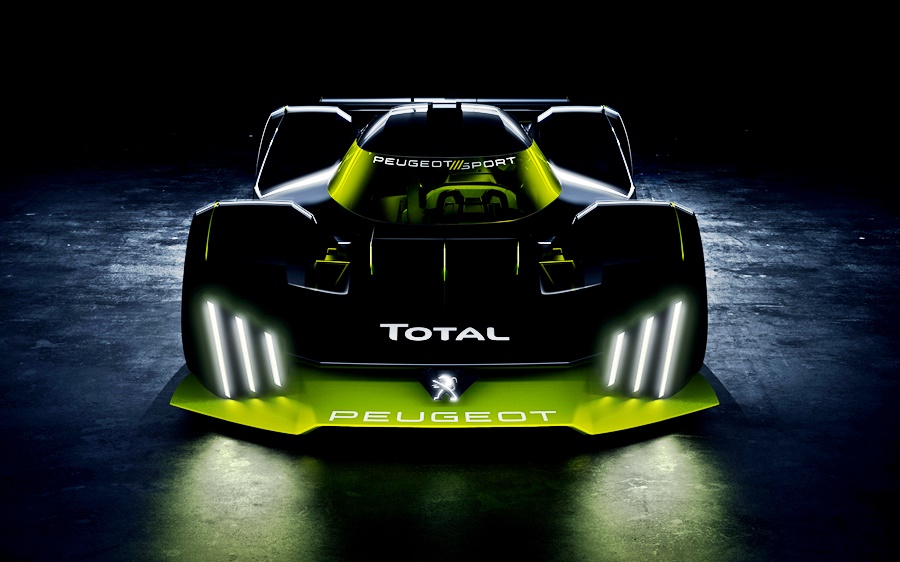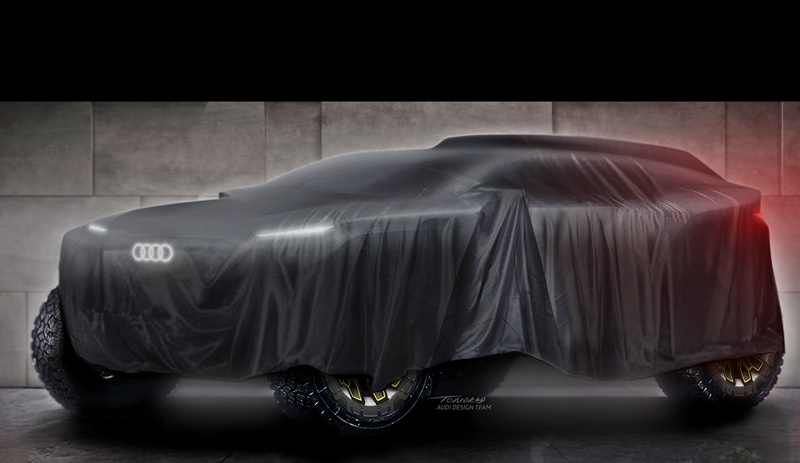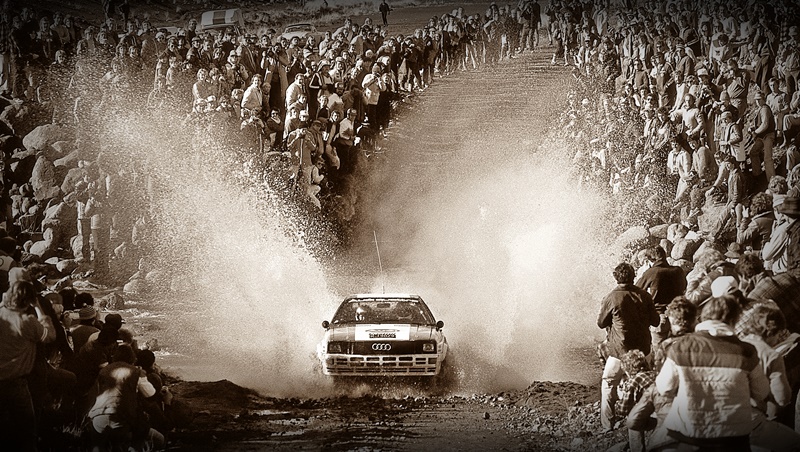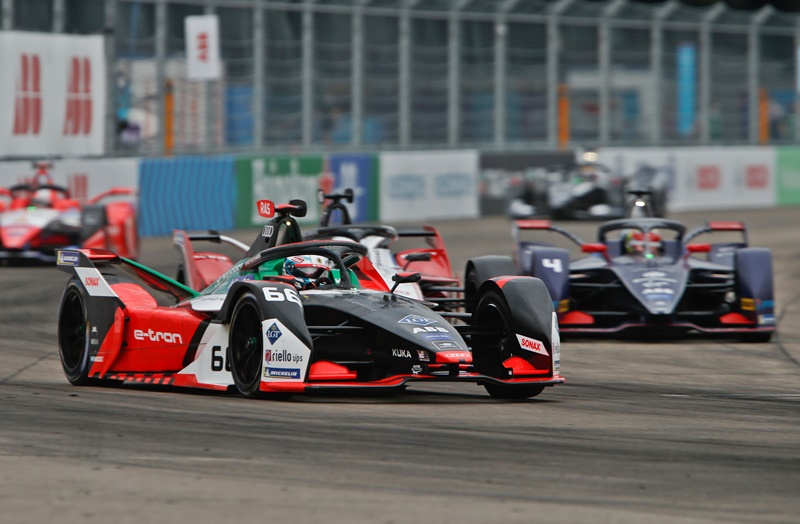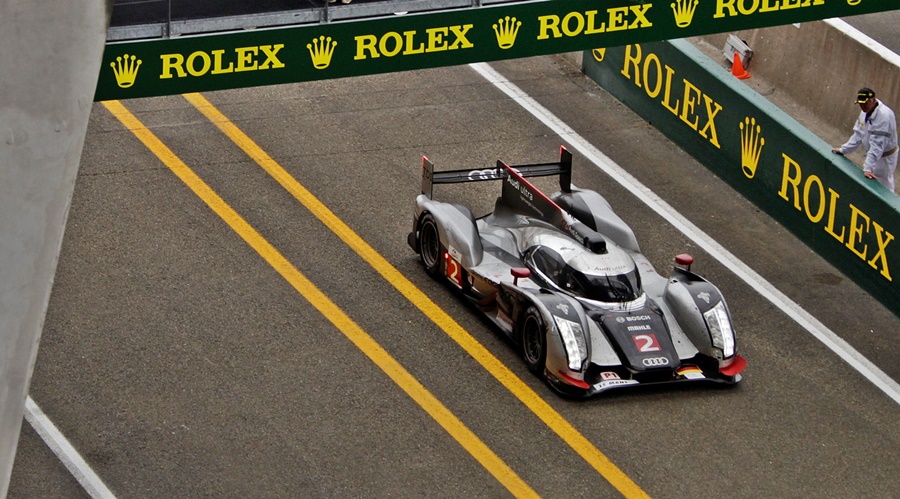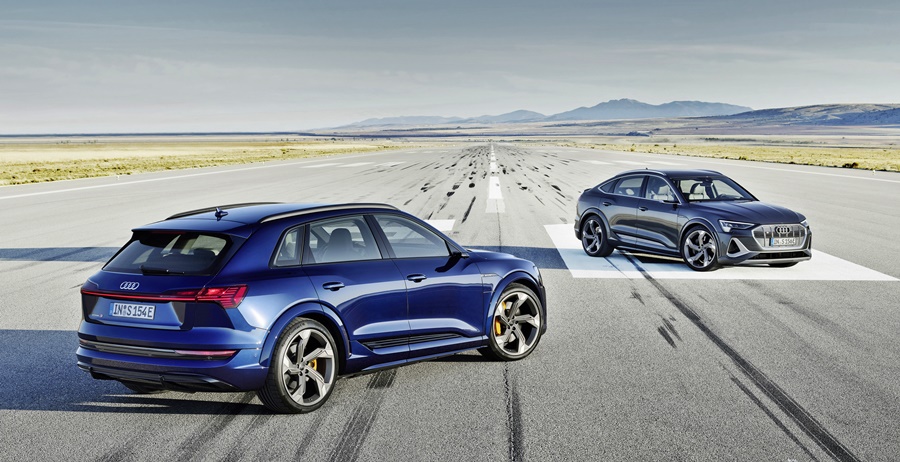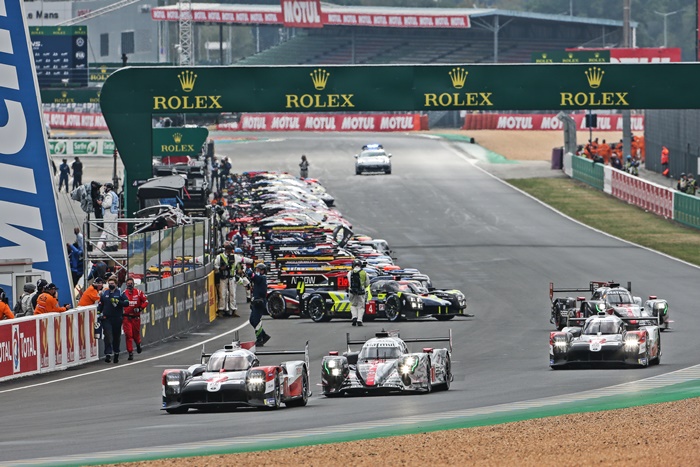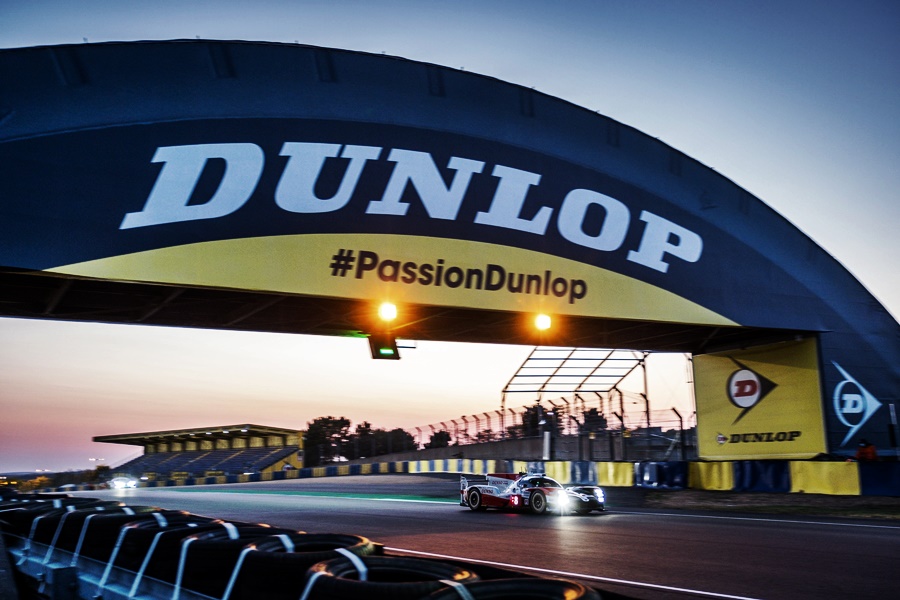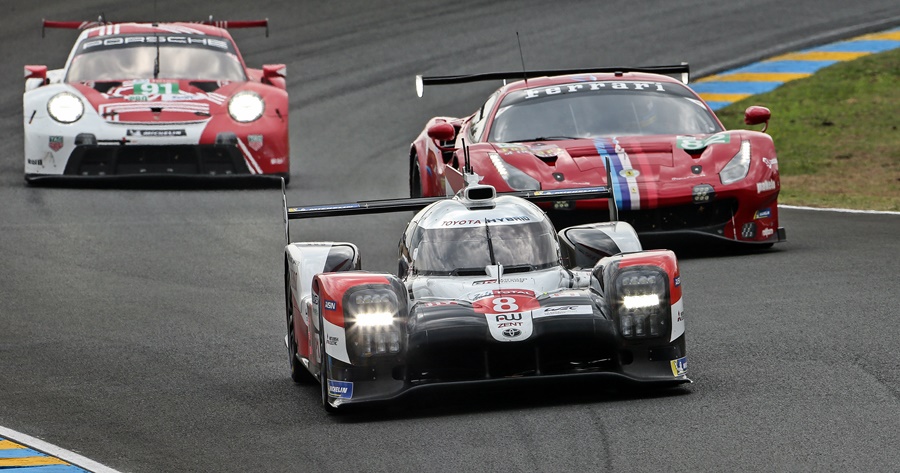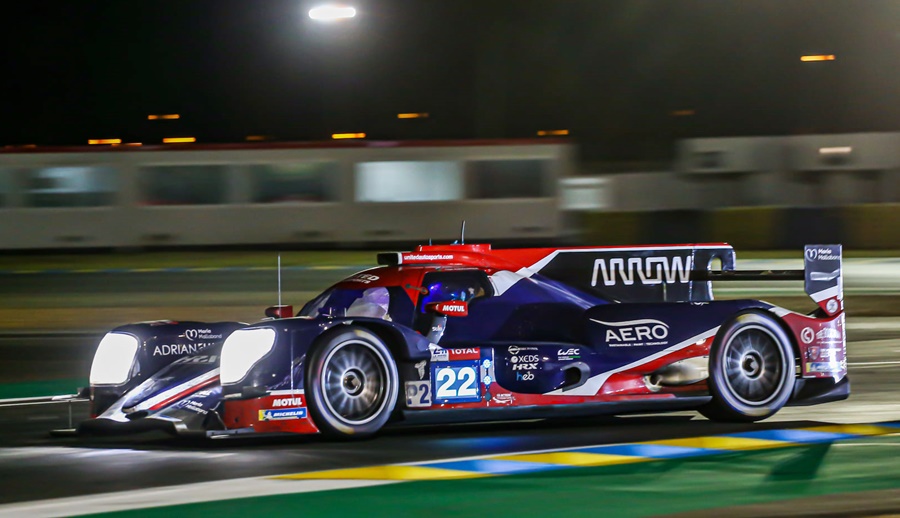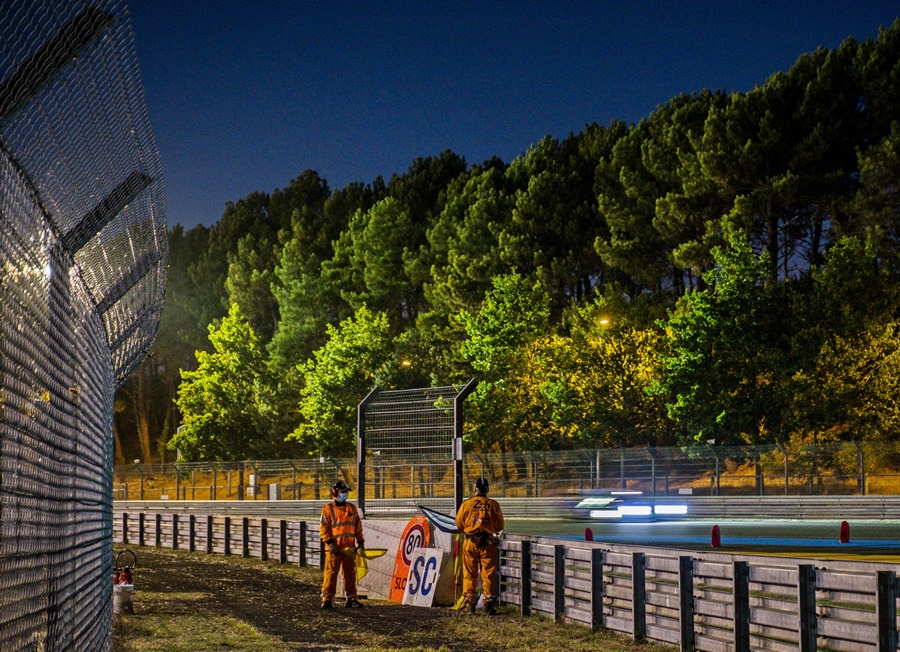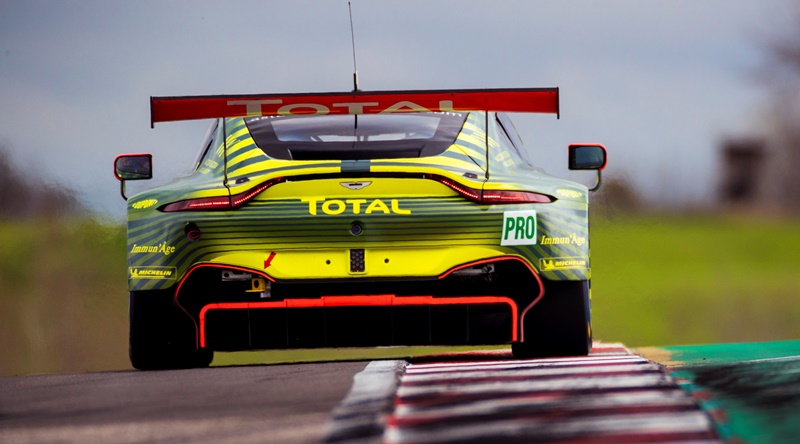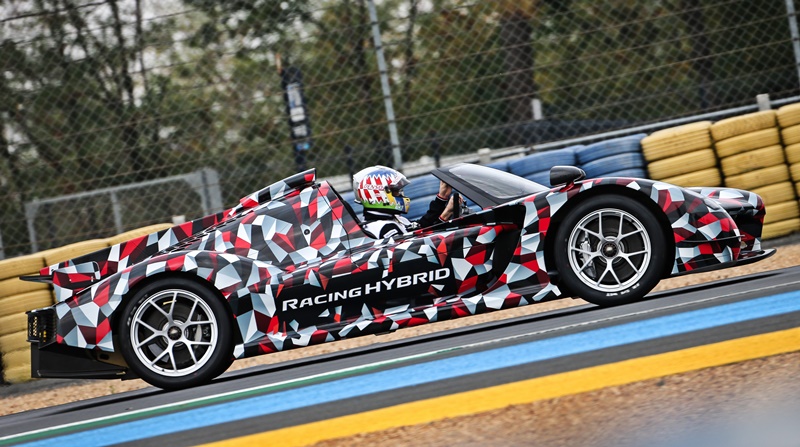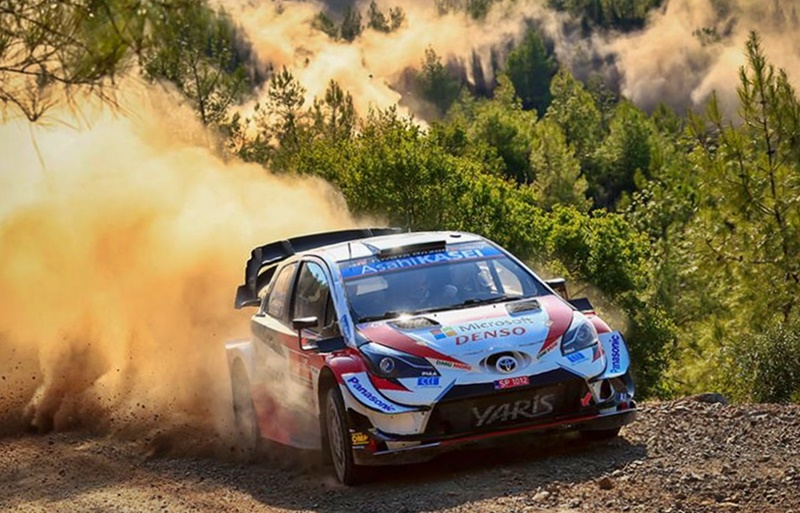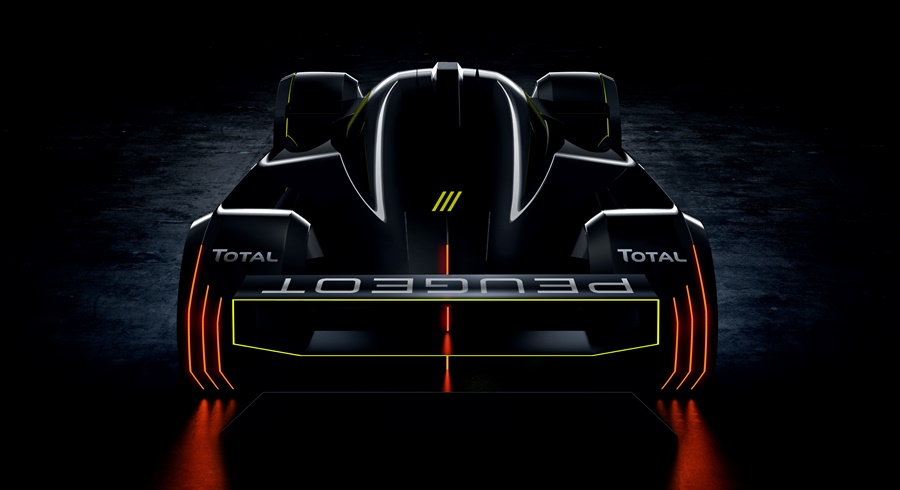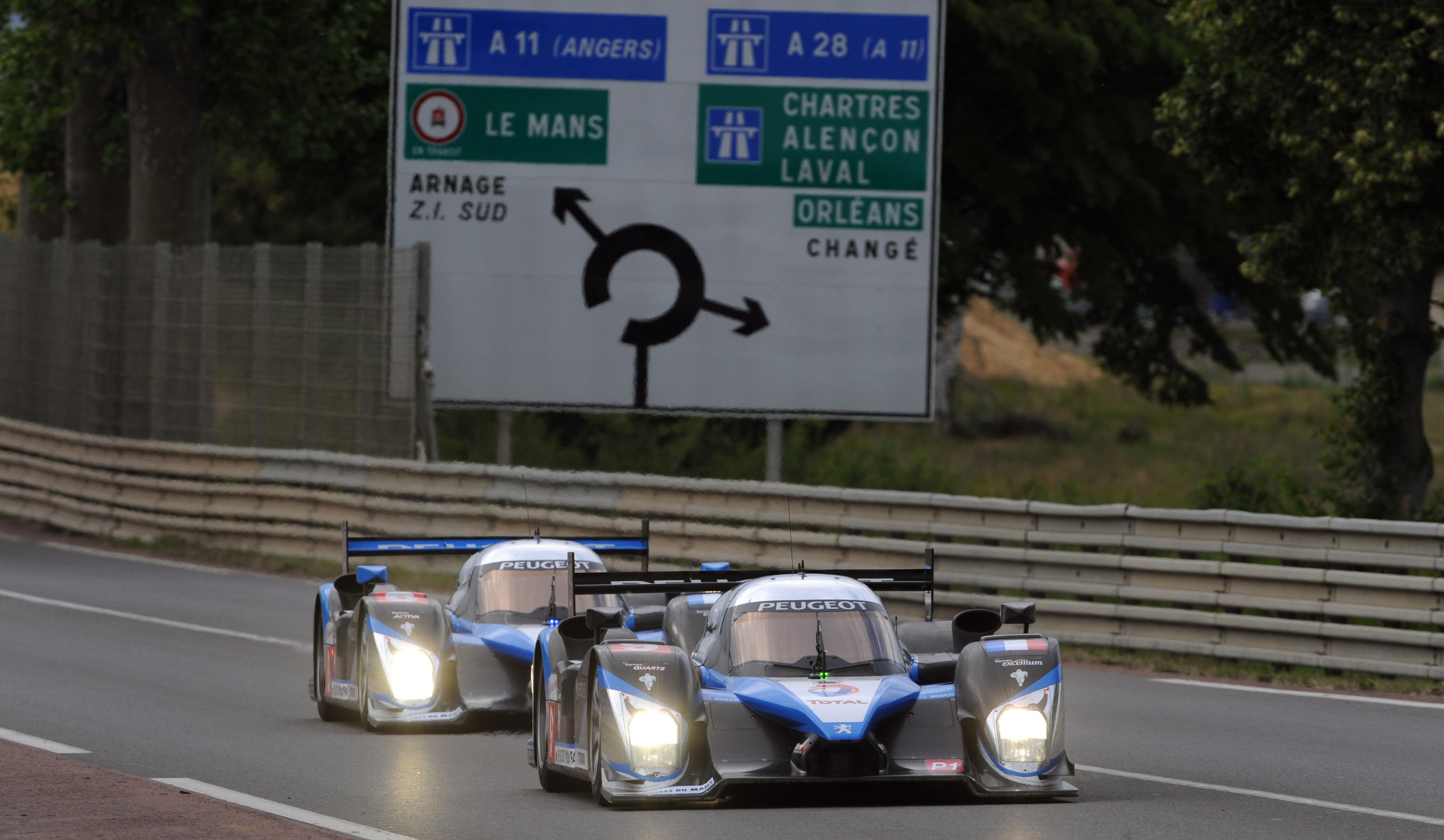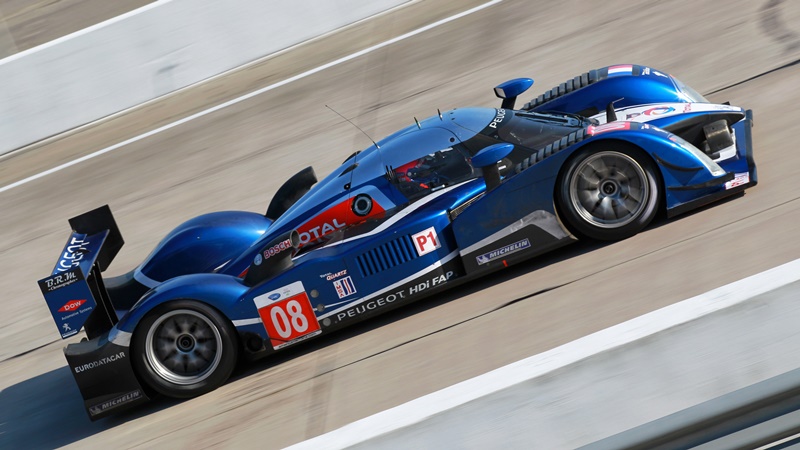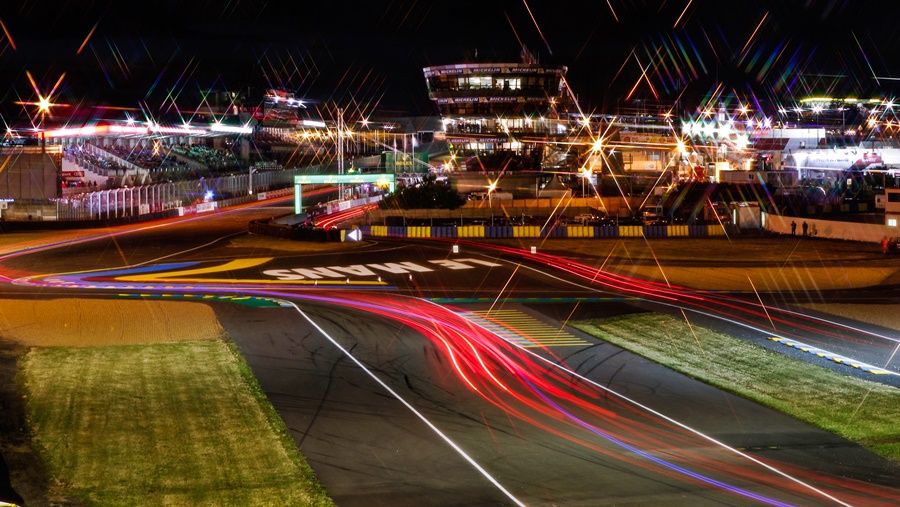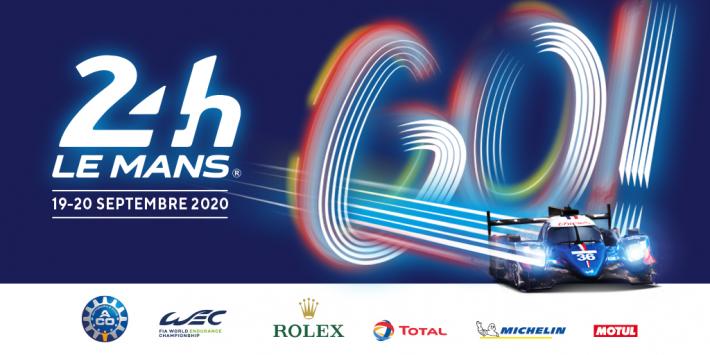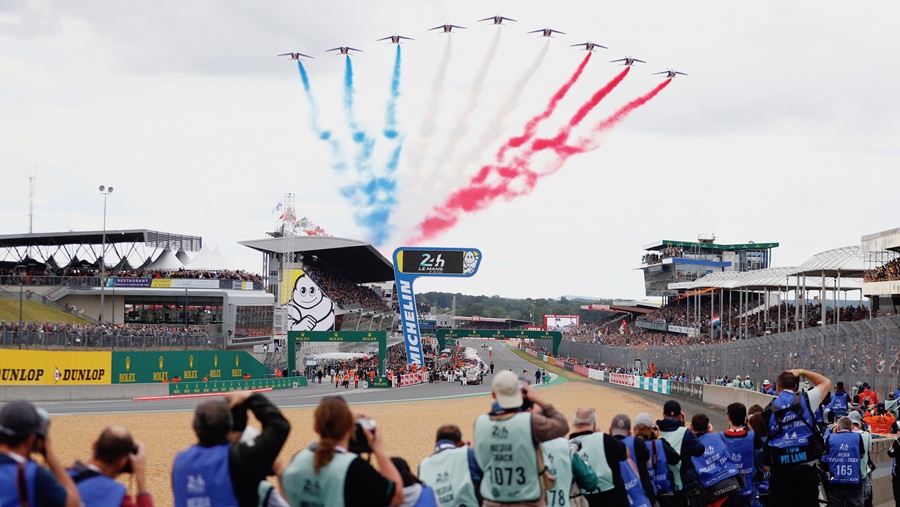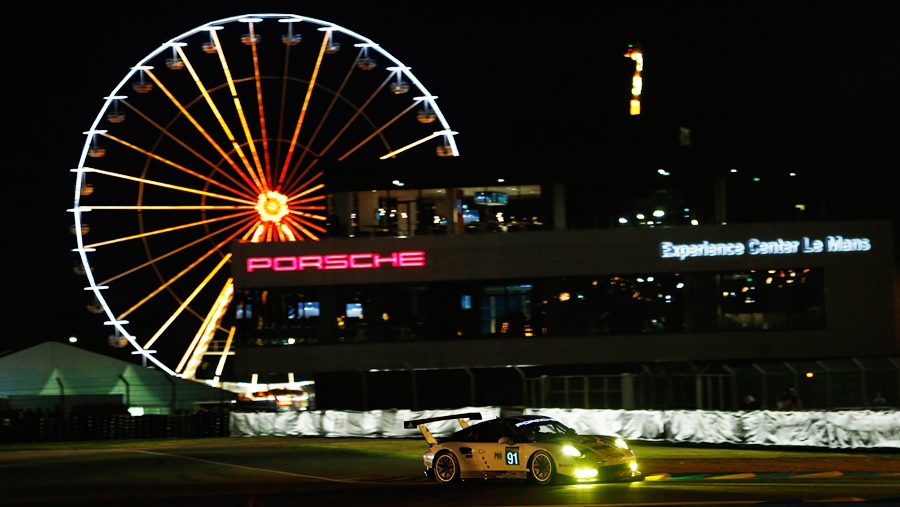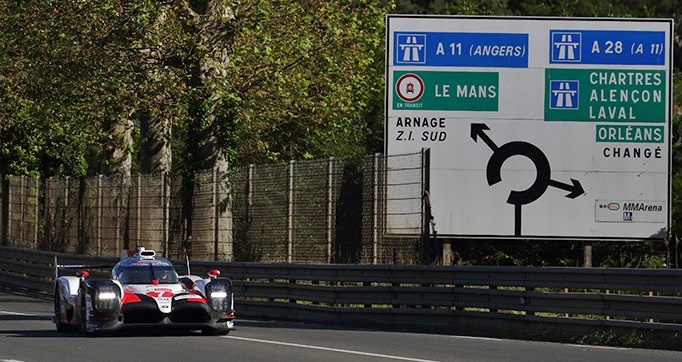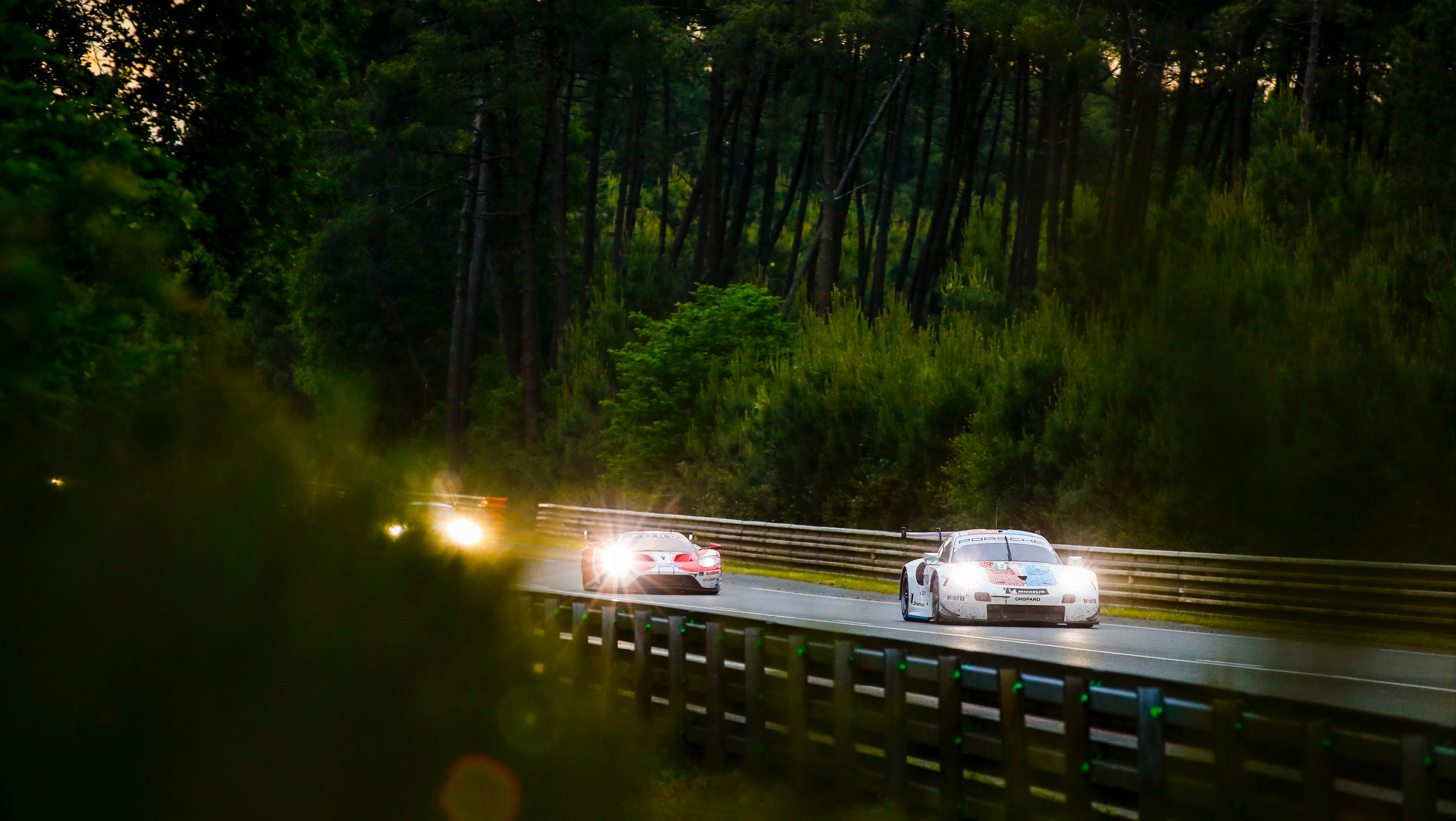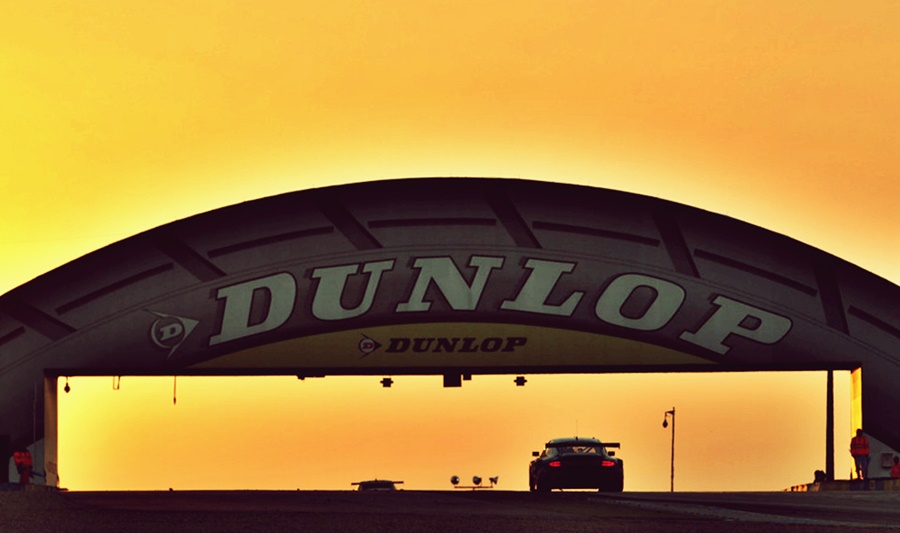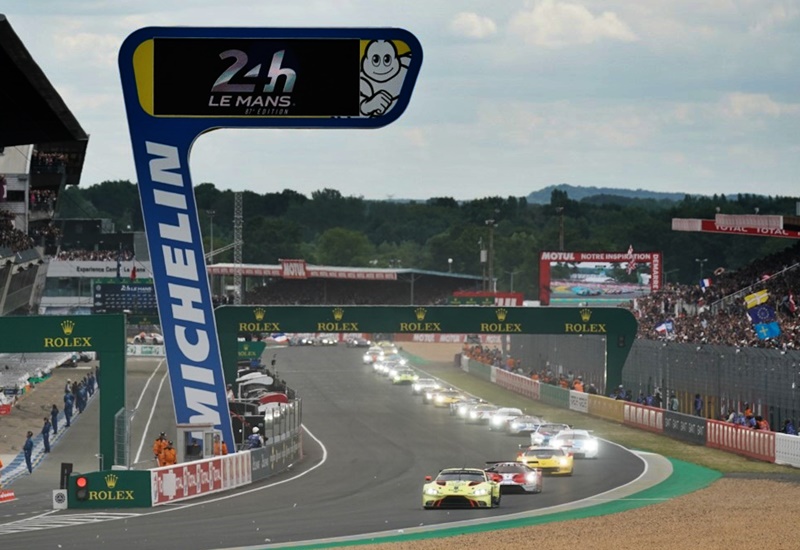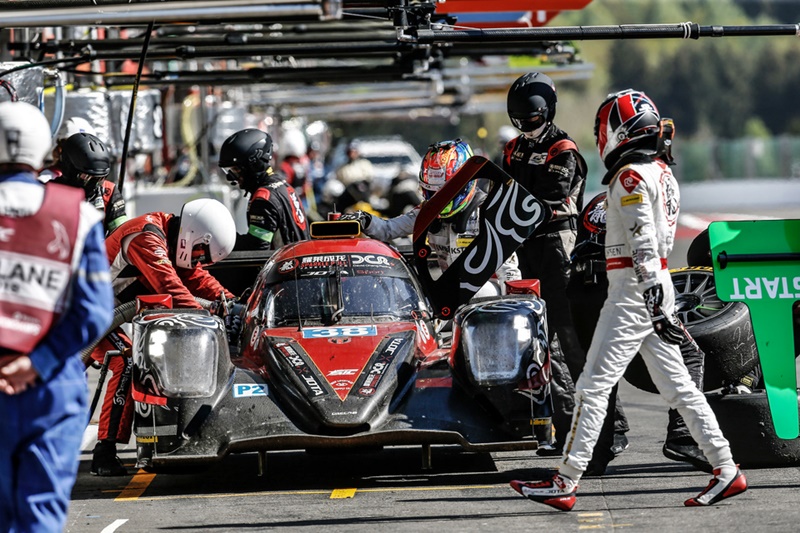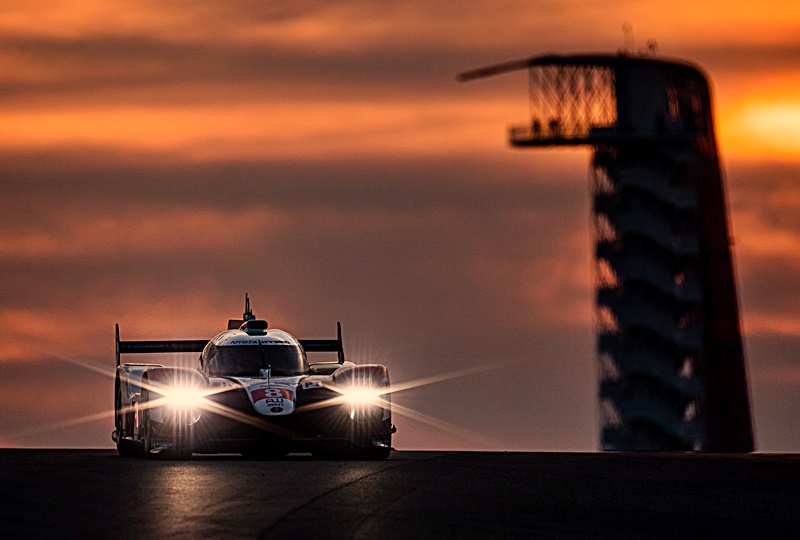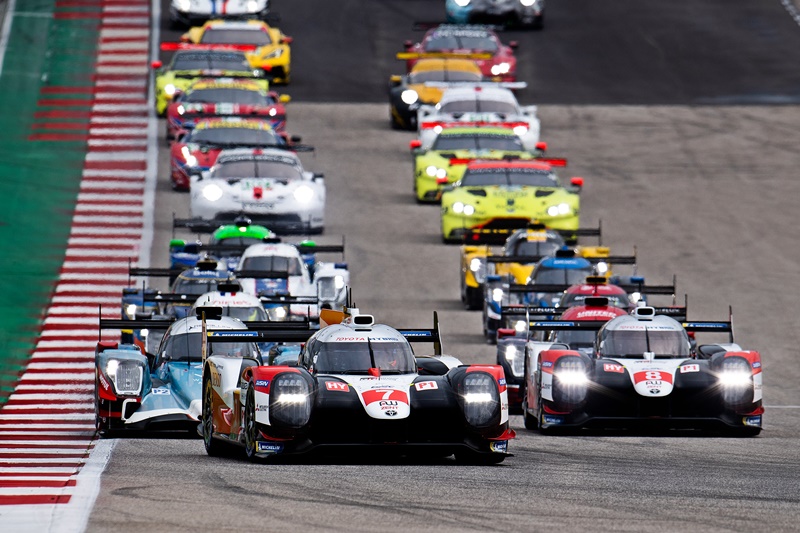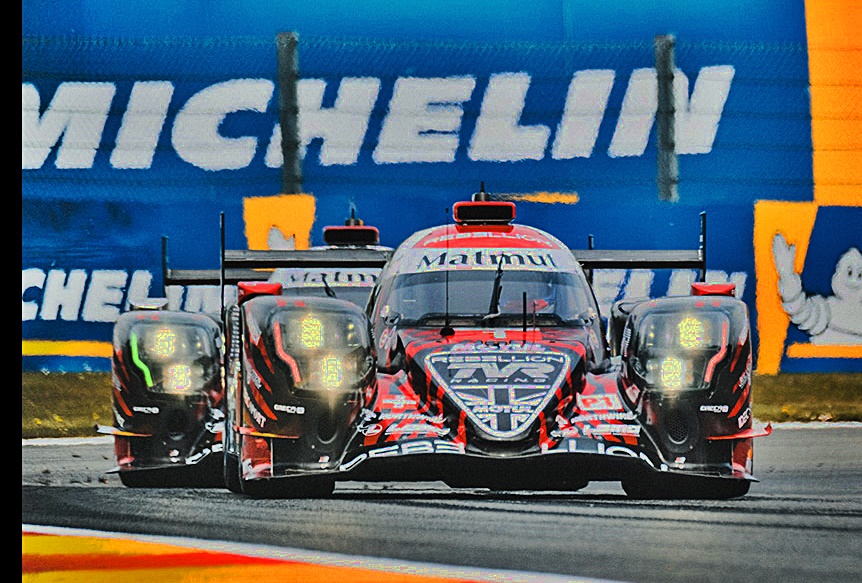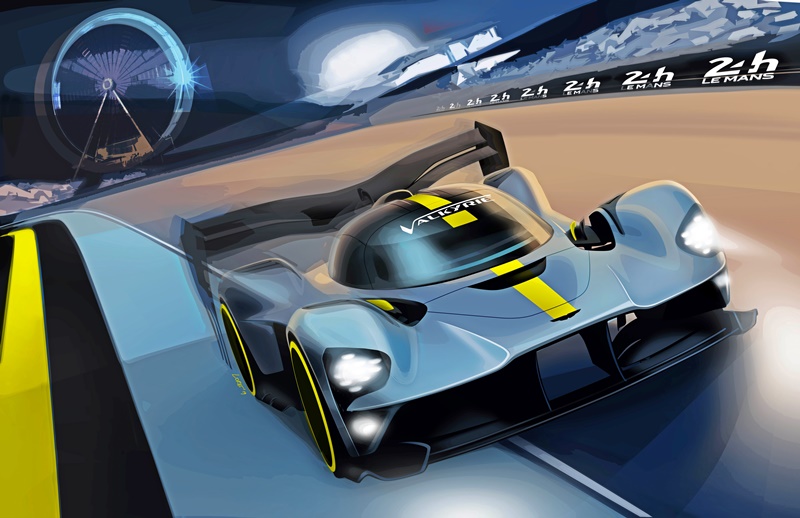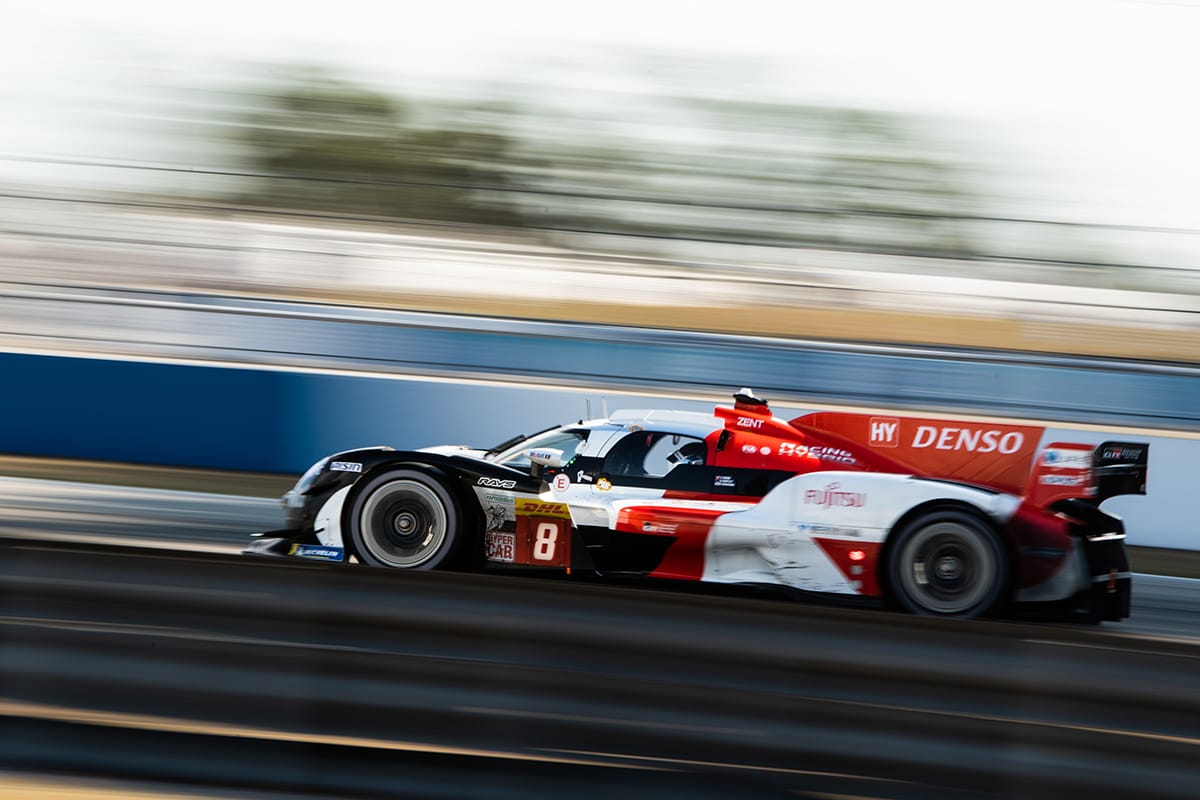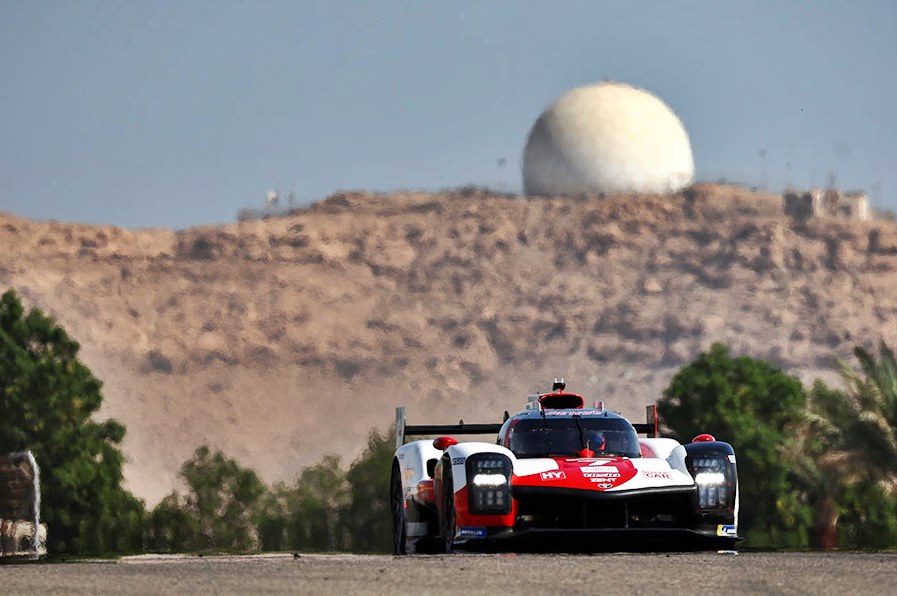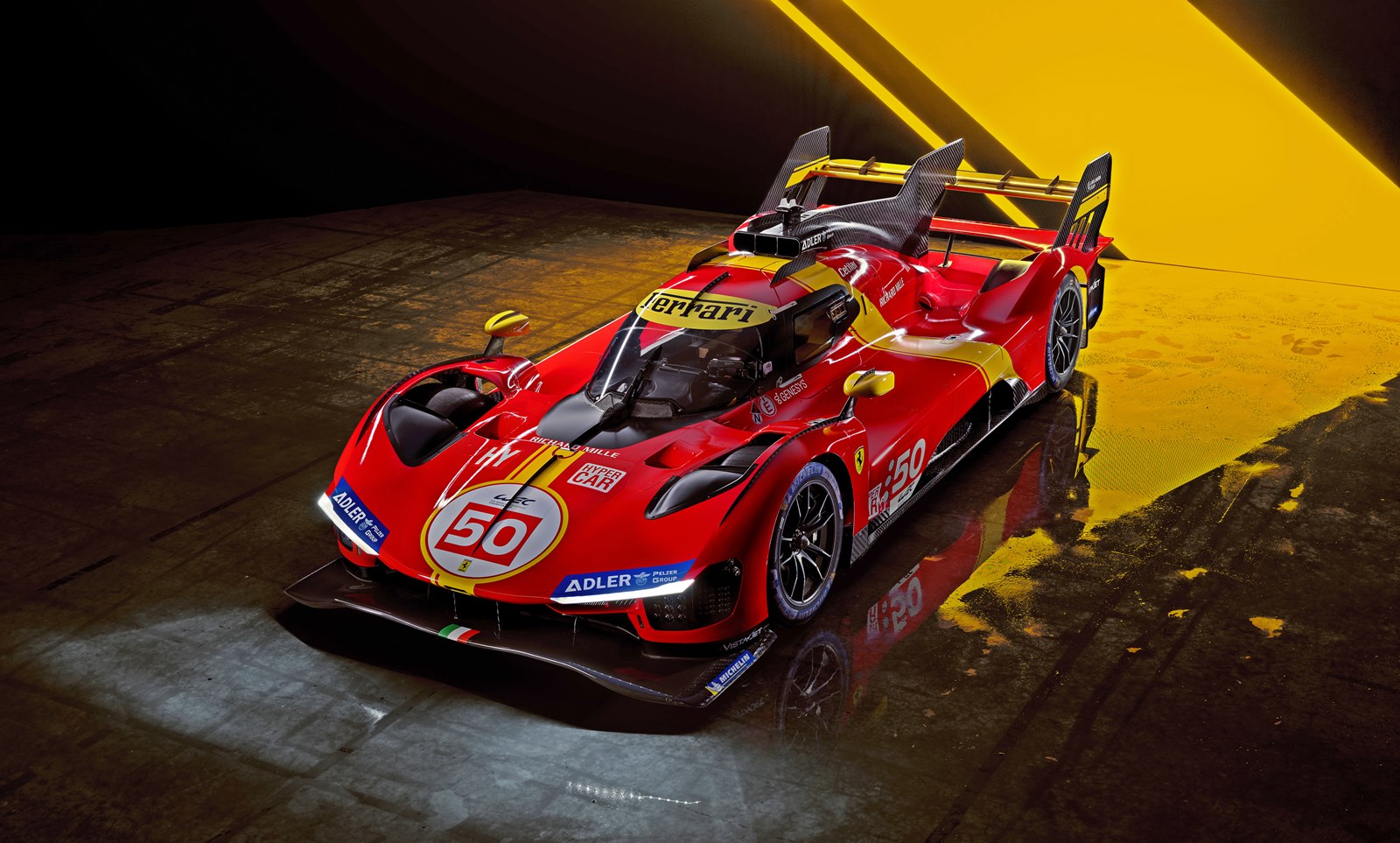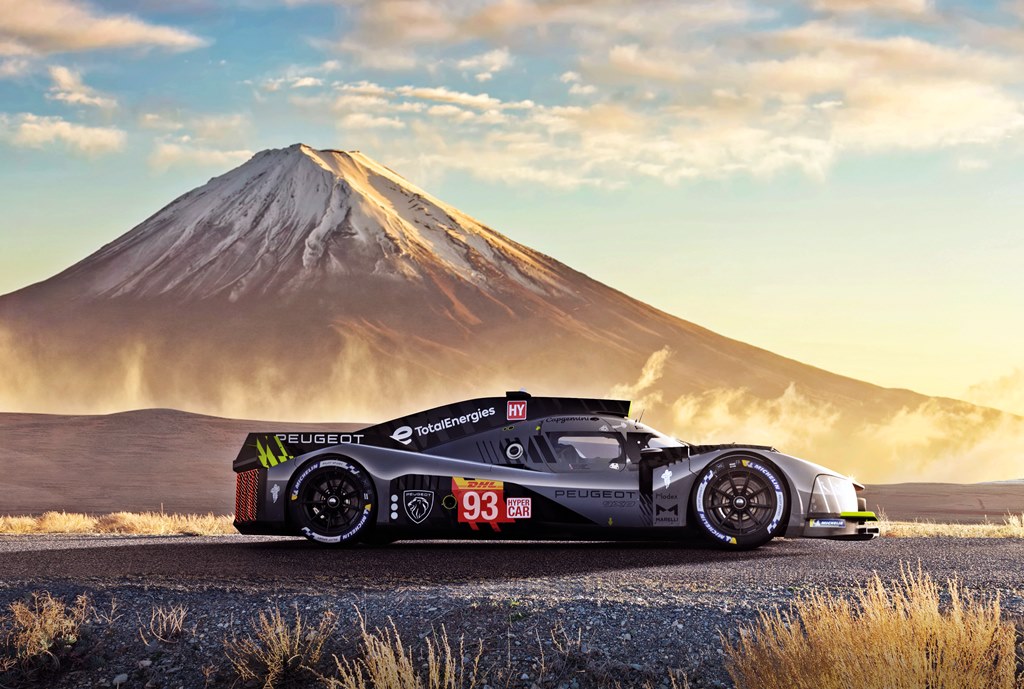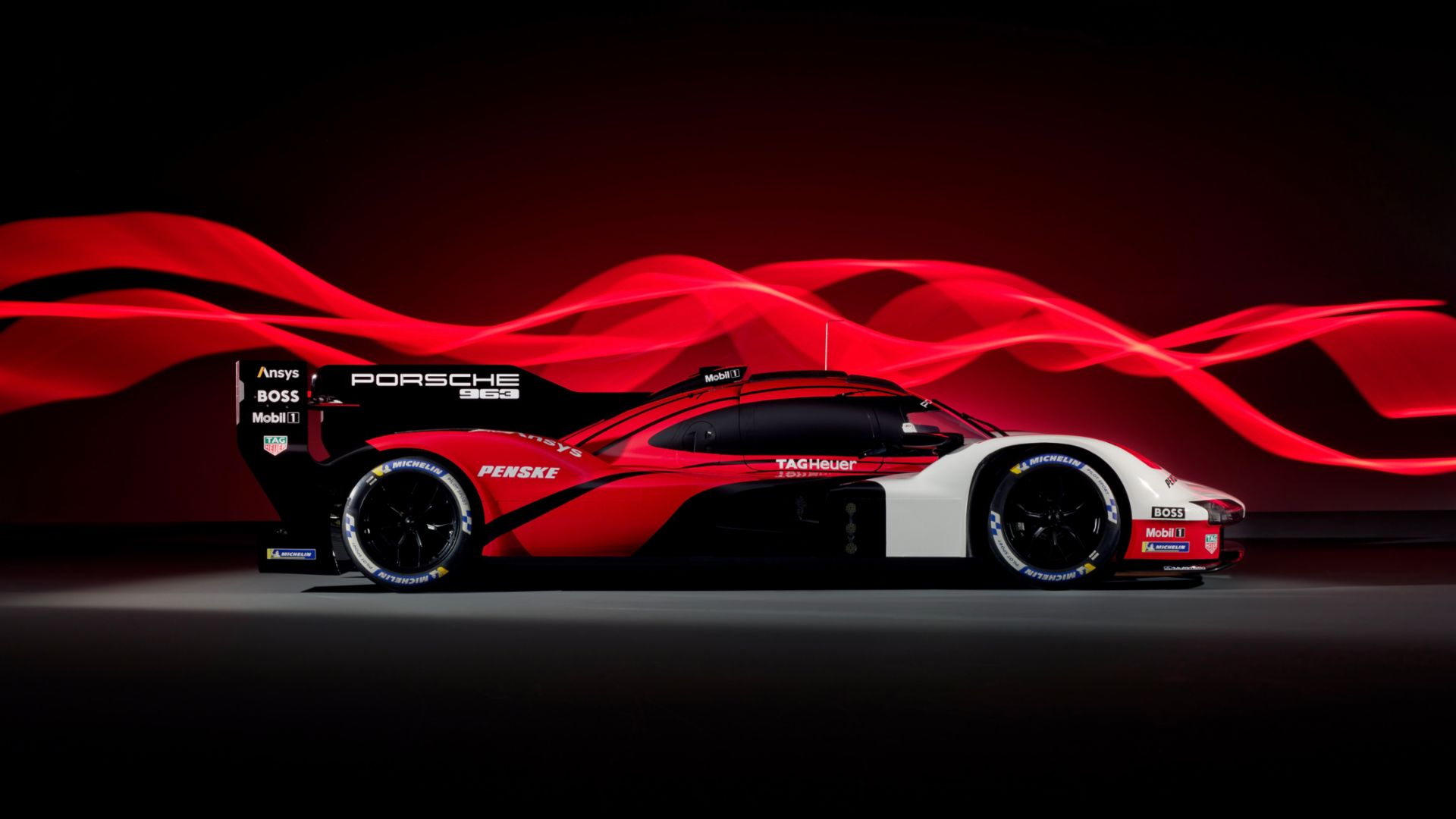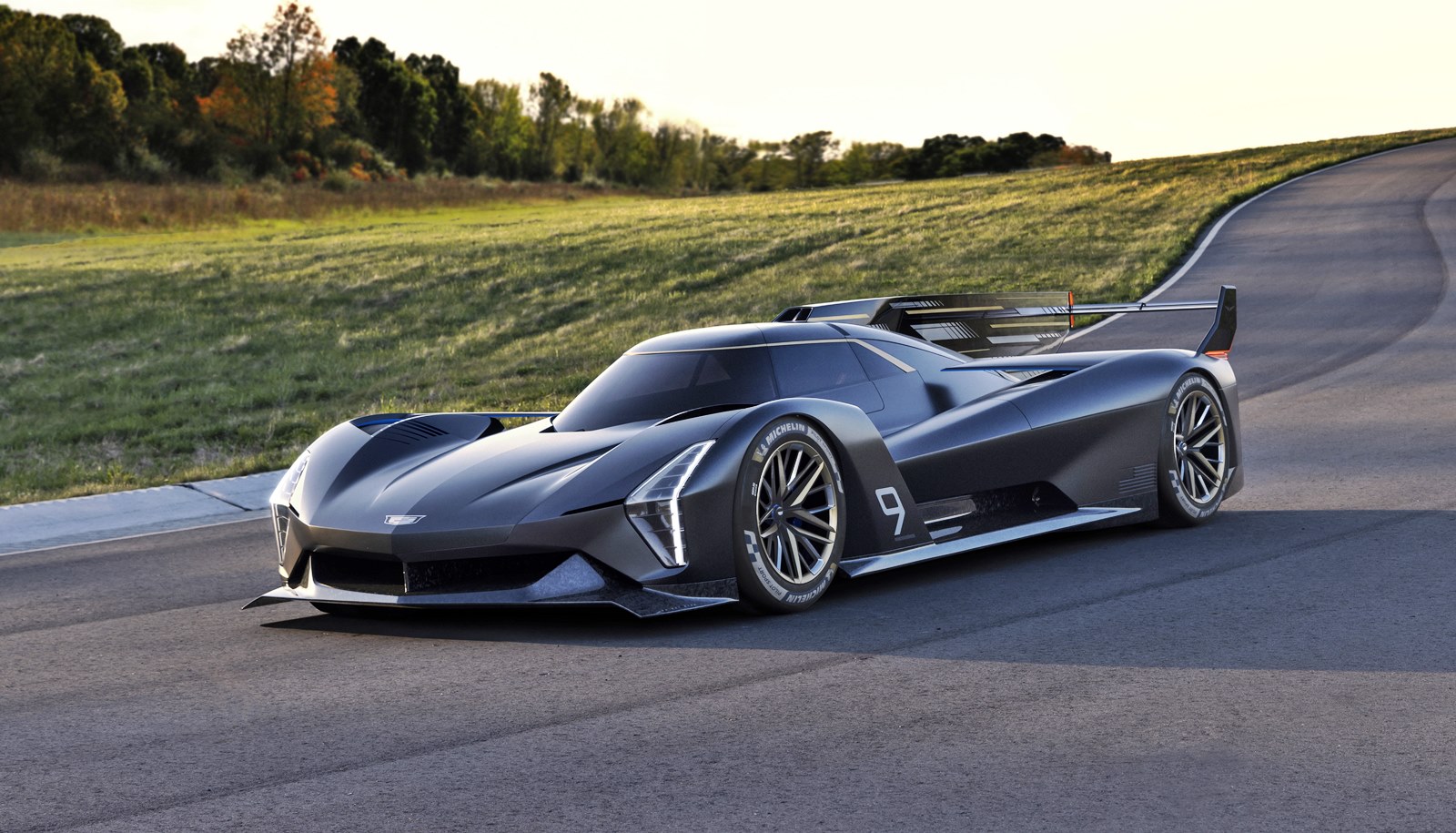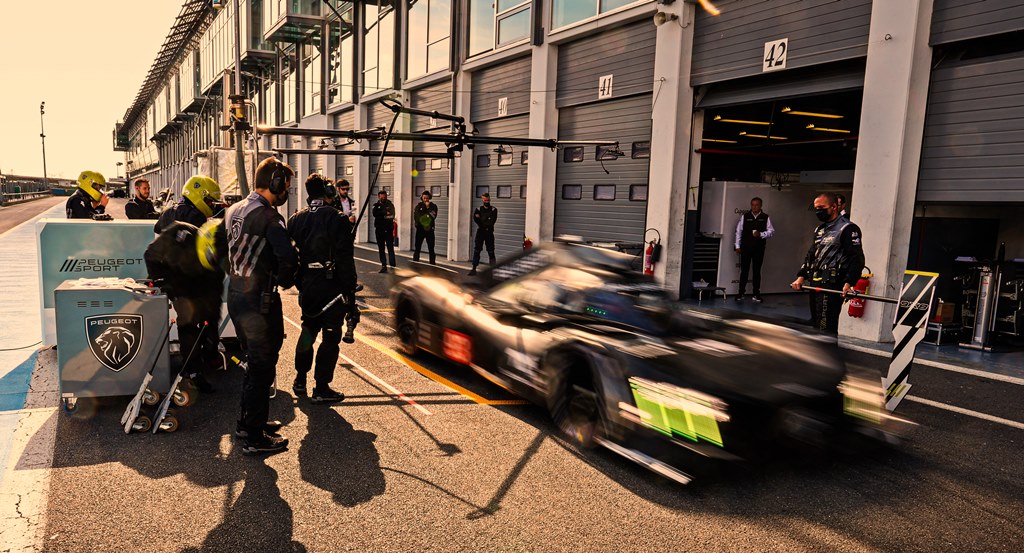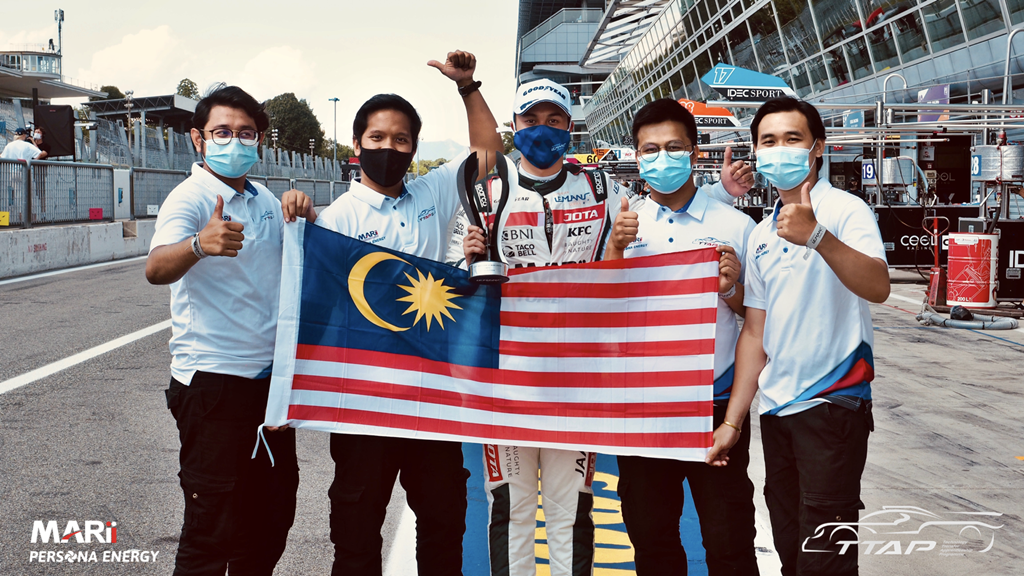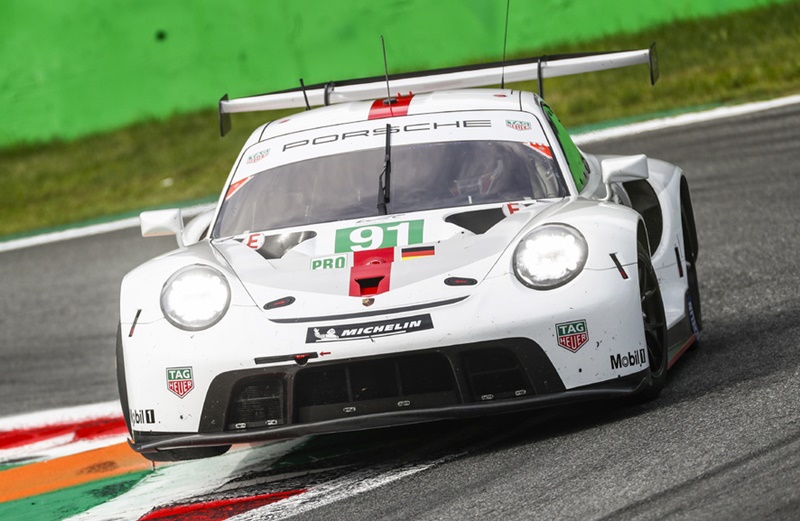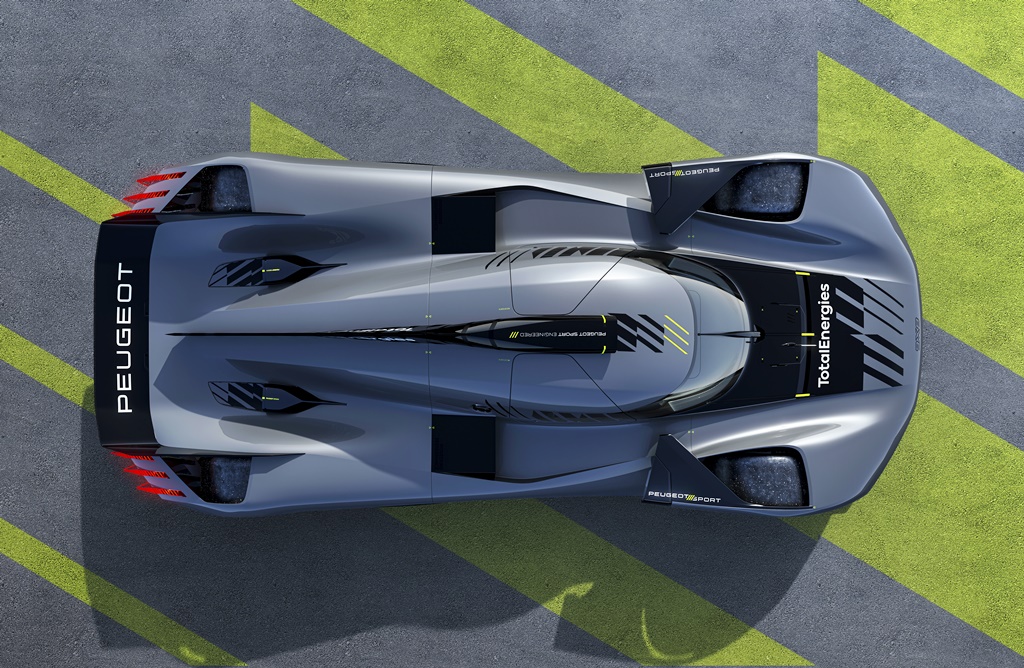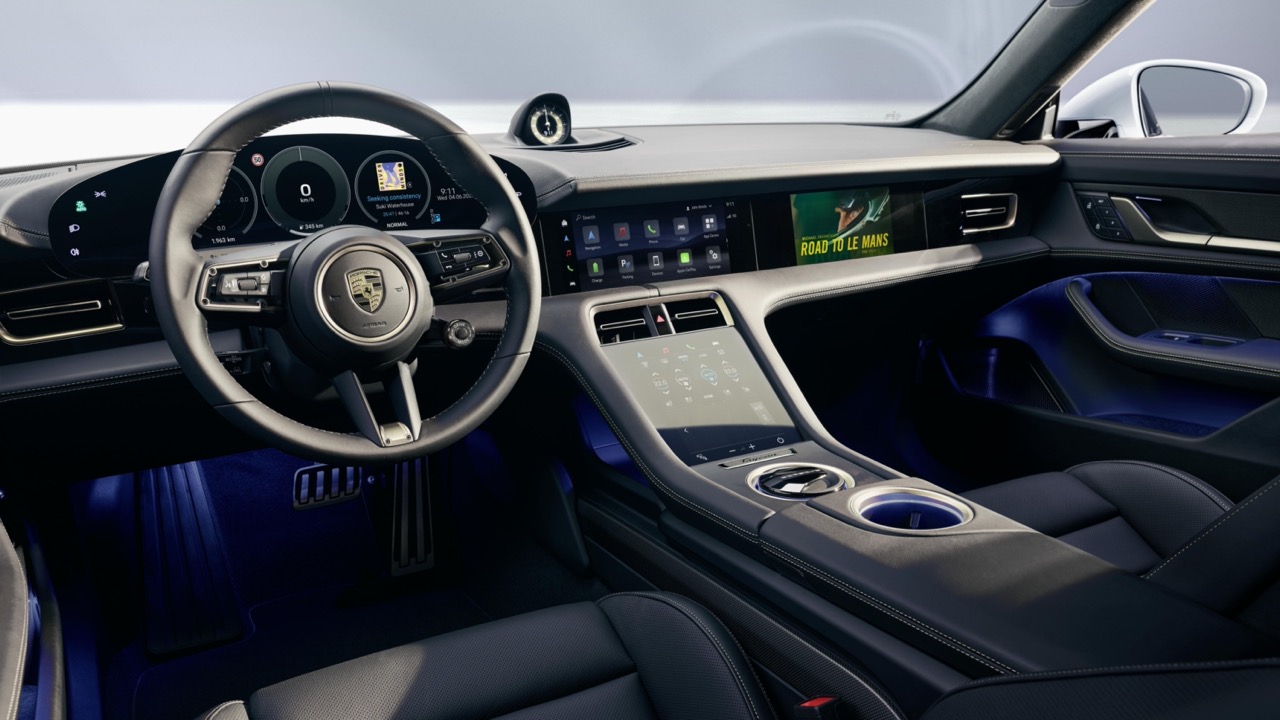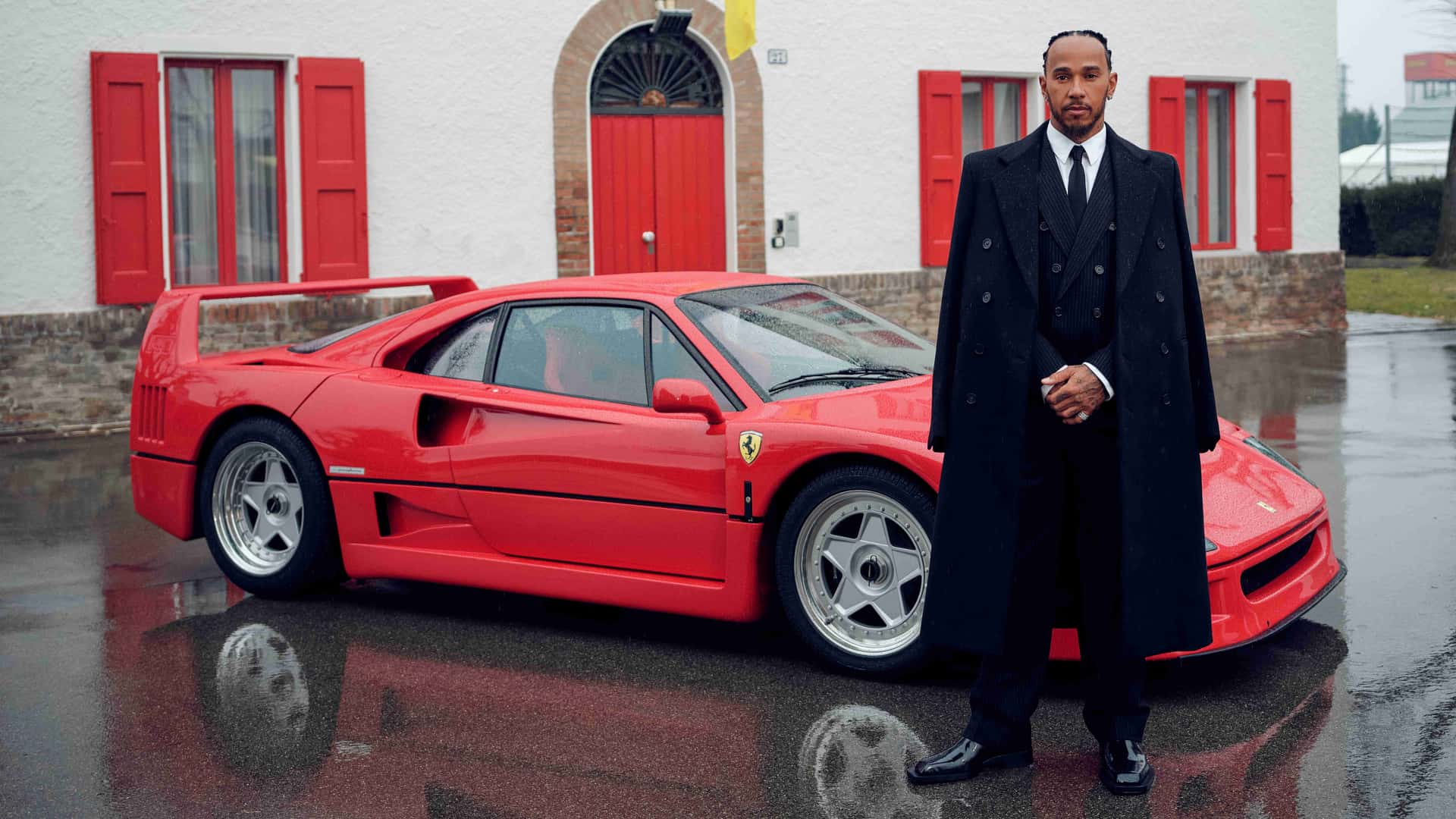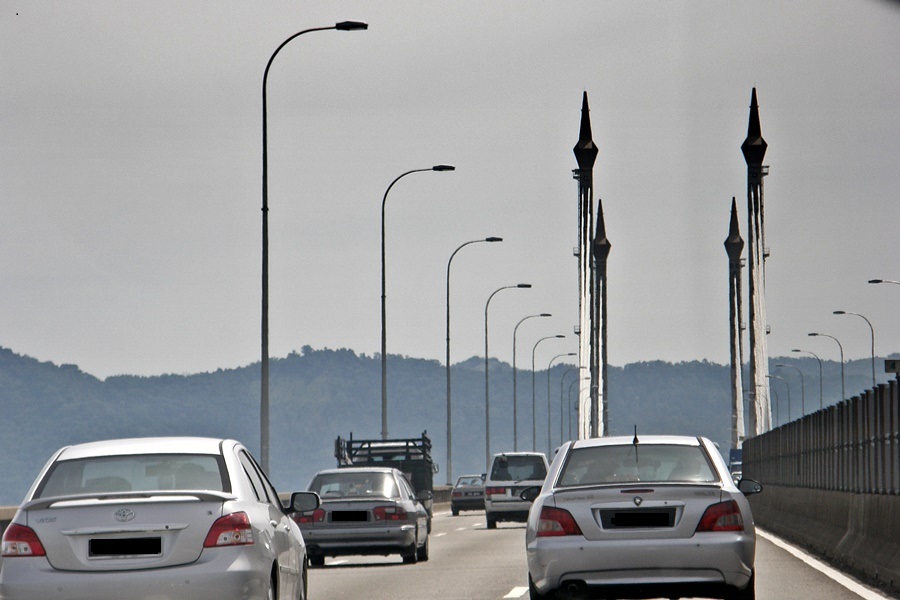
The signs were good when TOYOTA GAZOO Racing earned a historic first-ever Hypercar pole position as the FIA World Endurance Championship (WEC) began its new era. TOYOTA GAZOO Racing, an early entrant in the Hypercar category, had its new GR010 HYBRID ready to go and locked out the front row in qualifying for the first round of the ninth season – the Total 6 Hours of Spa-Francorchamps in Belgium.
Almost 15 hours of testing and free practice sessions had taken place earlier in the week when the #7 Hypercar of World Champions Mike Conway, Kamui Kobayashi and Jose María Lopez led the field away, trailed by the #8 car of the team which had Sebastien Buemi, Kazuki Nakajima and Brendon Hartley.
Close challenge from Alpine team
After a dramatic and tense battle at the front, overcoming a close challenge from the #36 Alpine in second and their own team-mates in the #7 car, it would be the #8 car that won the race, getting place in the motorsport record books.
The 6 Hours of Spa-Francorchamps, the first of six in a revised 2021 WEC calendar, was an incident-packed race. The Hypercars fought relentlessly from the moment the race started. The #7 Toyota was in the lead but by lap 11, #8 took over and the pair of GR010 HYBRIDs were hotly pursued by the #36 Alpine.
As the first pit stops approached, the race took its first dramatic turn when the #7 car was in the pits. Time was lost when the car did not leave cleanly, before Sebastien visited the pits a lap later. At the end of that stop, the fuel nozzle was removed from the #8 before the 35-seconds minimum refuelling time had elapsed, breaking a new regulation. This resulted in a 30-second penalty, taken at the car’s next pit stop, when Brendon took the wheel.
Drama in closing hour
With the #7 requiring a fluid refill when Mike handed over to Jose, the #36 Alpine took over at the front. At half distance, Jose was closing in and just a few seconds behind, with Brendon further back in the third-placed #8 car.
The battle showed no sign of easing off, and neither did the drama. Jose made contact with a GT car, slightly damaging the front bodywork. Then with just under 2 hours remaining, the #7 slid off the track and got stuck in the gravel, requiring a rescue vehicle to recover it before he resumed in third. It was the position that would remain till the end of the race, with the Alpine splitting the two Toyotas.
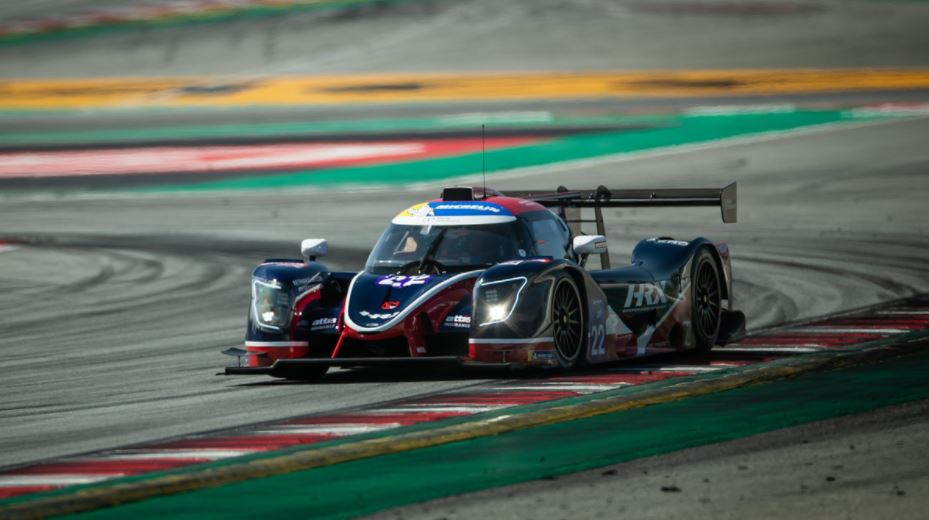
“What a dramatic and unpredictable start to this new era for our team. Today was a strong start for our next generation of Racing Hybrid technology but we are still learning and improving with our GR010 HYBRID. It has not been the smoothest week for the team at Spa but this has highlighted areas to improve so we will work hard to do this before the next race, and particularly before Le Mans,” said Hisatake Murata, Team President.
The competitiveness of the Alpine A480 (above) was clear, and will be a force to be reckoned with throughout the season. “We had the satisfaction of battling with the Toyotas even though the strategies are obviously different because of the different technologies we use,” said Philippe Sinault, Team Principal of the Alpine Elf Matmut Endurance Team Principal. “Our first target was to reach the finish, and we did so. Although the podium was predicted by many, we managed to finish second by pushing the Toyotas. The assessment of this first race is positive, and we will work hard to aim higher at the next round in Portugal.”
Toyota GAZOO Racing reveals GR010 HYBRID Le Mans Hypercar for 2021 WEC


